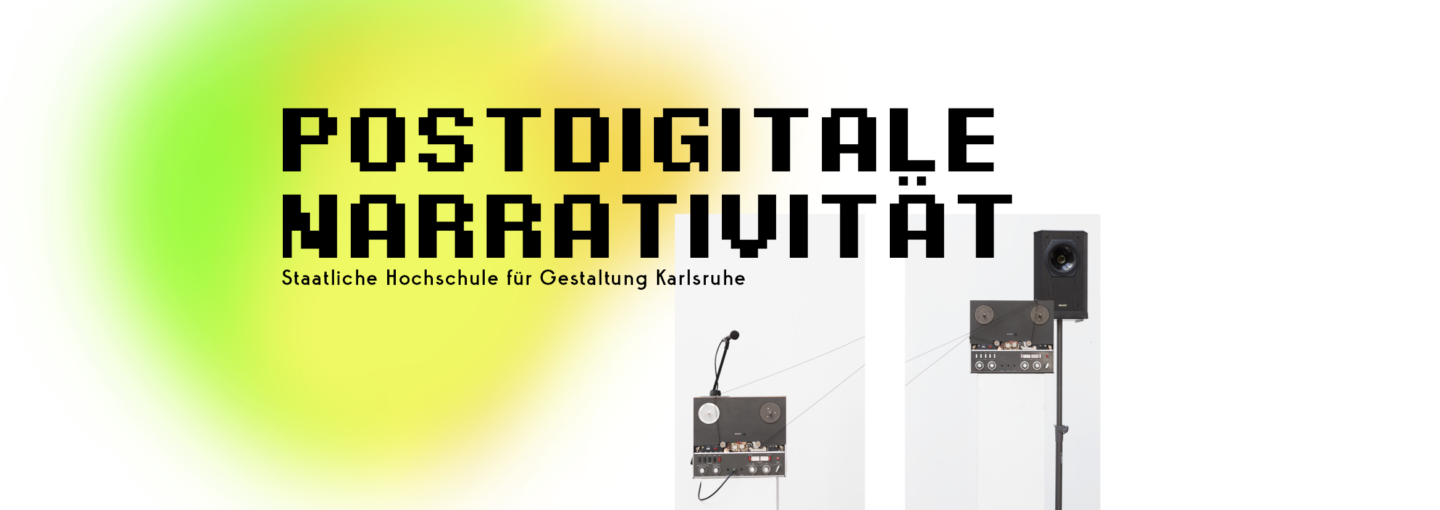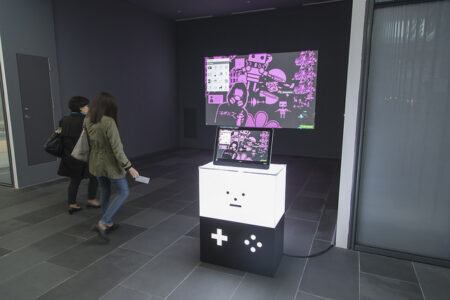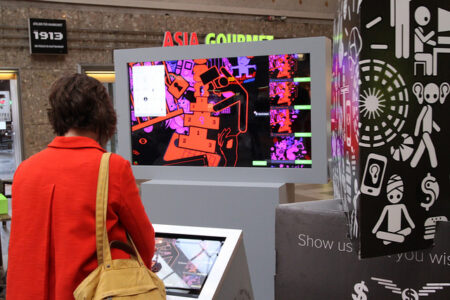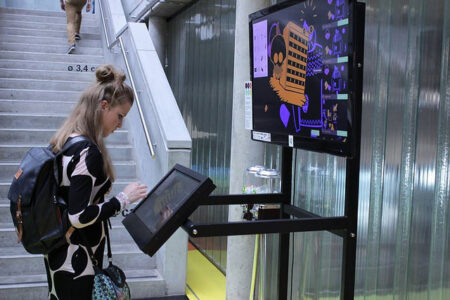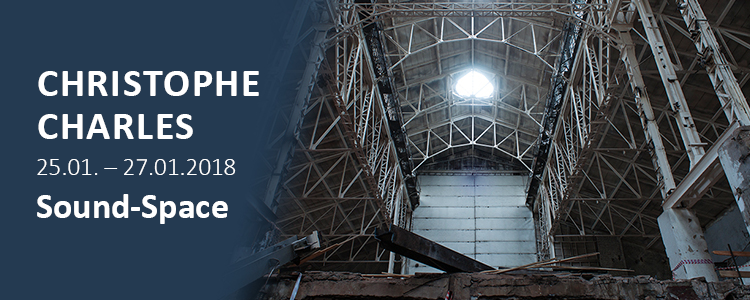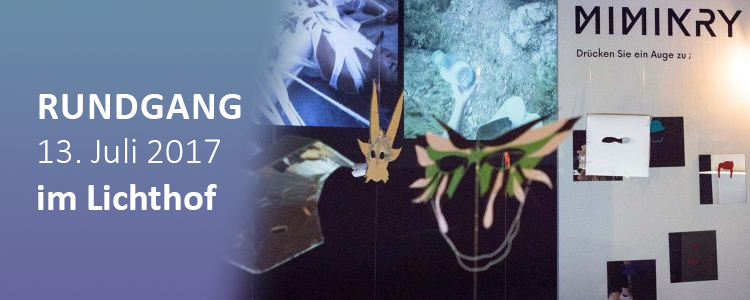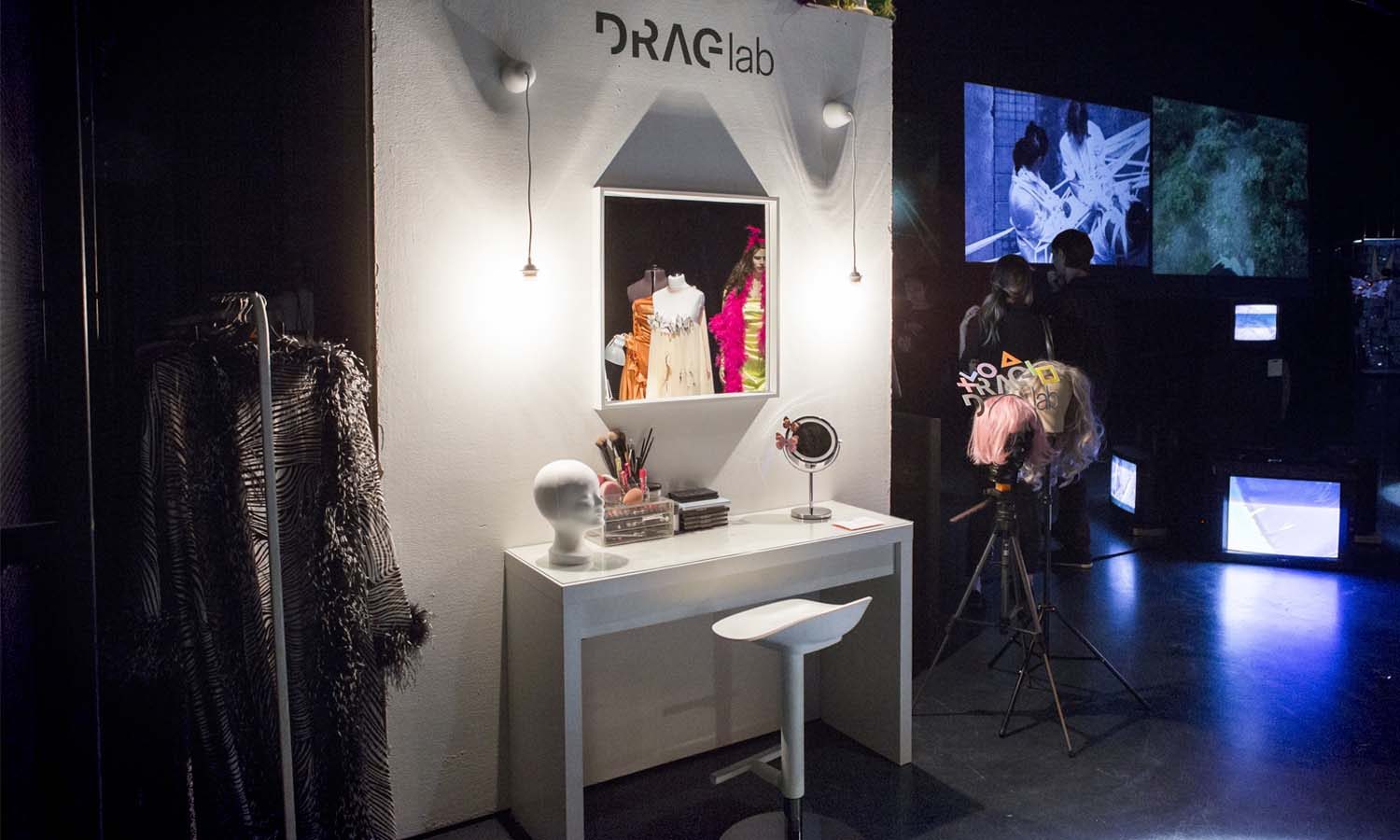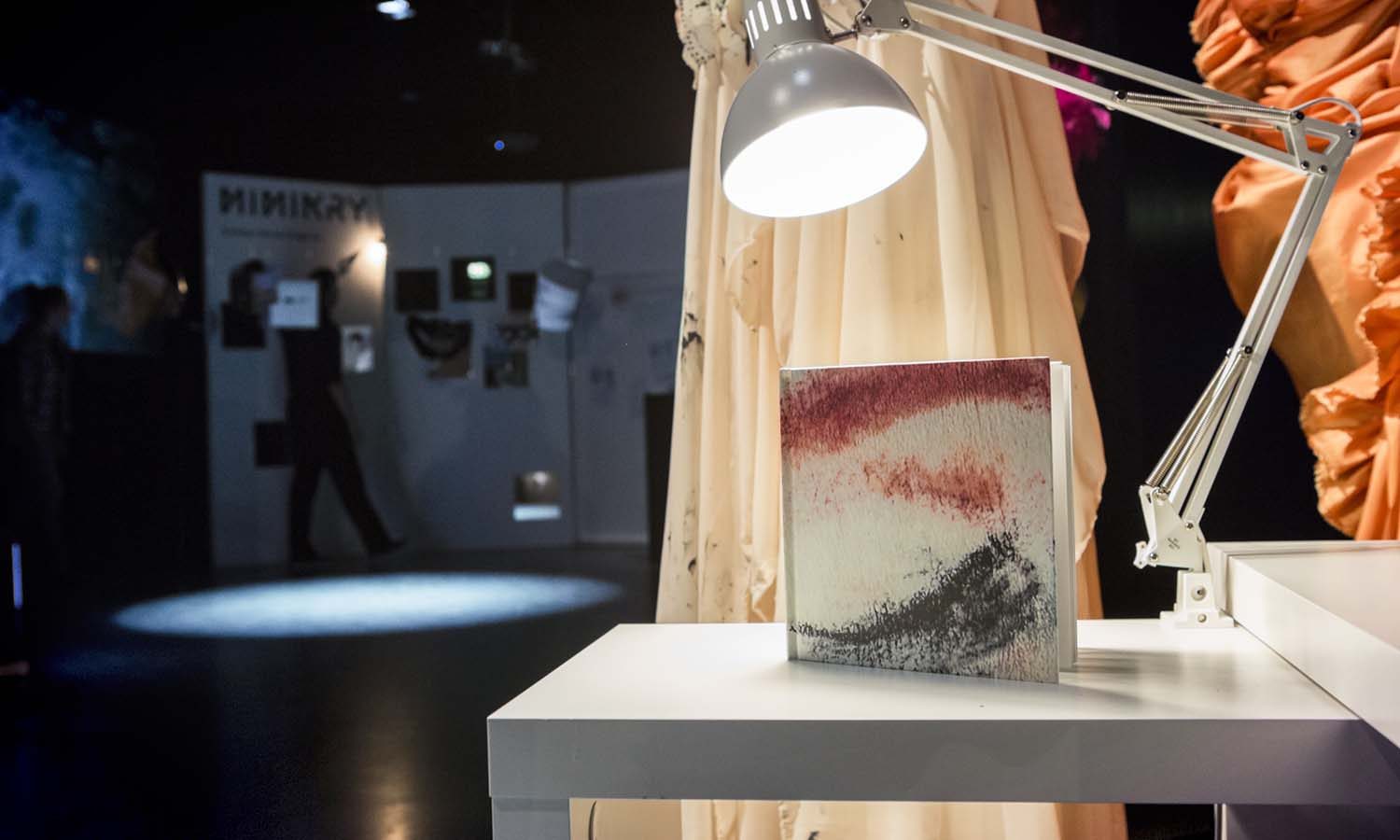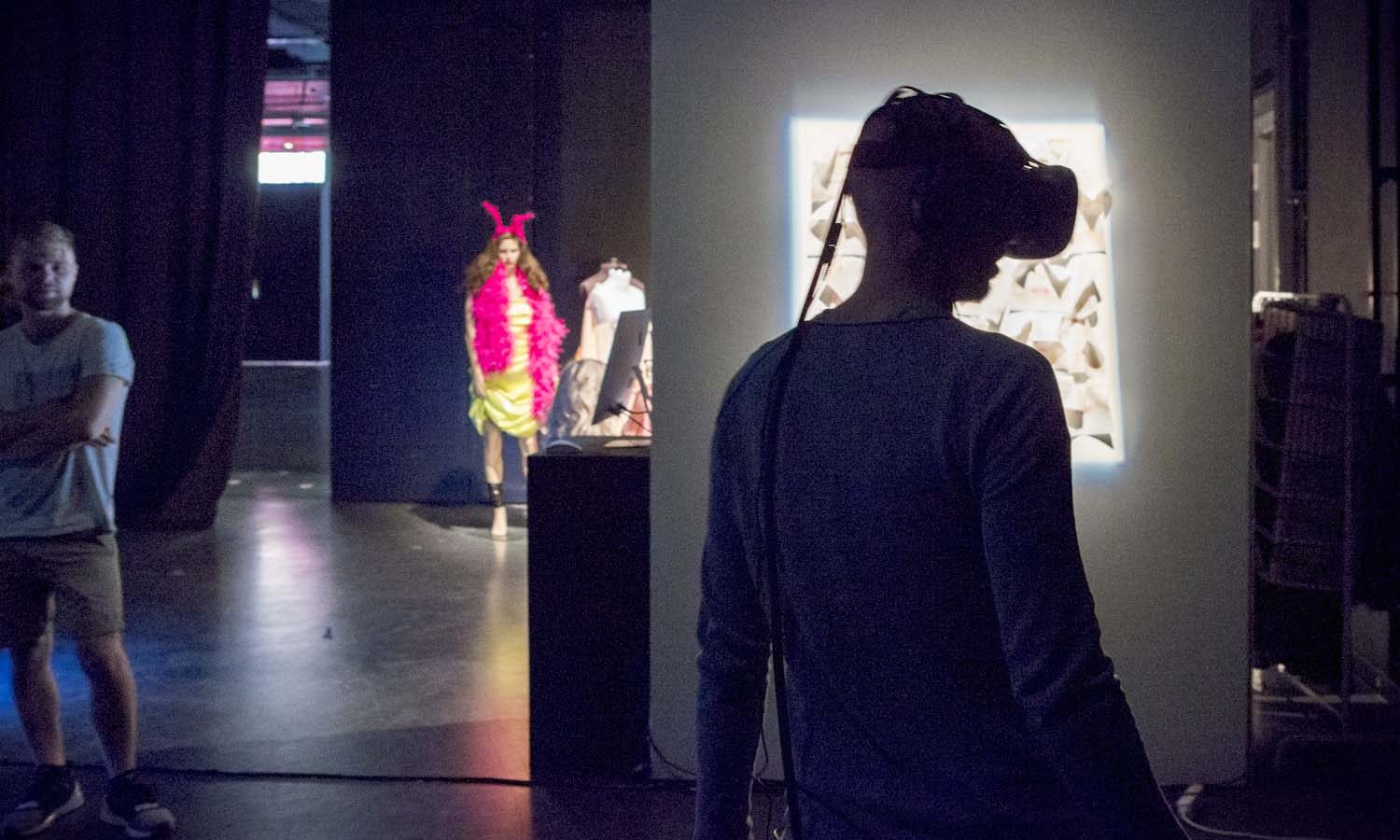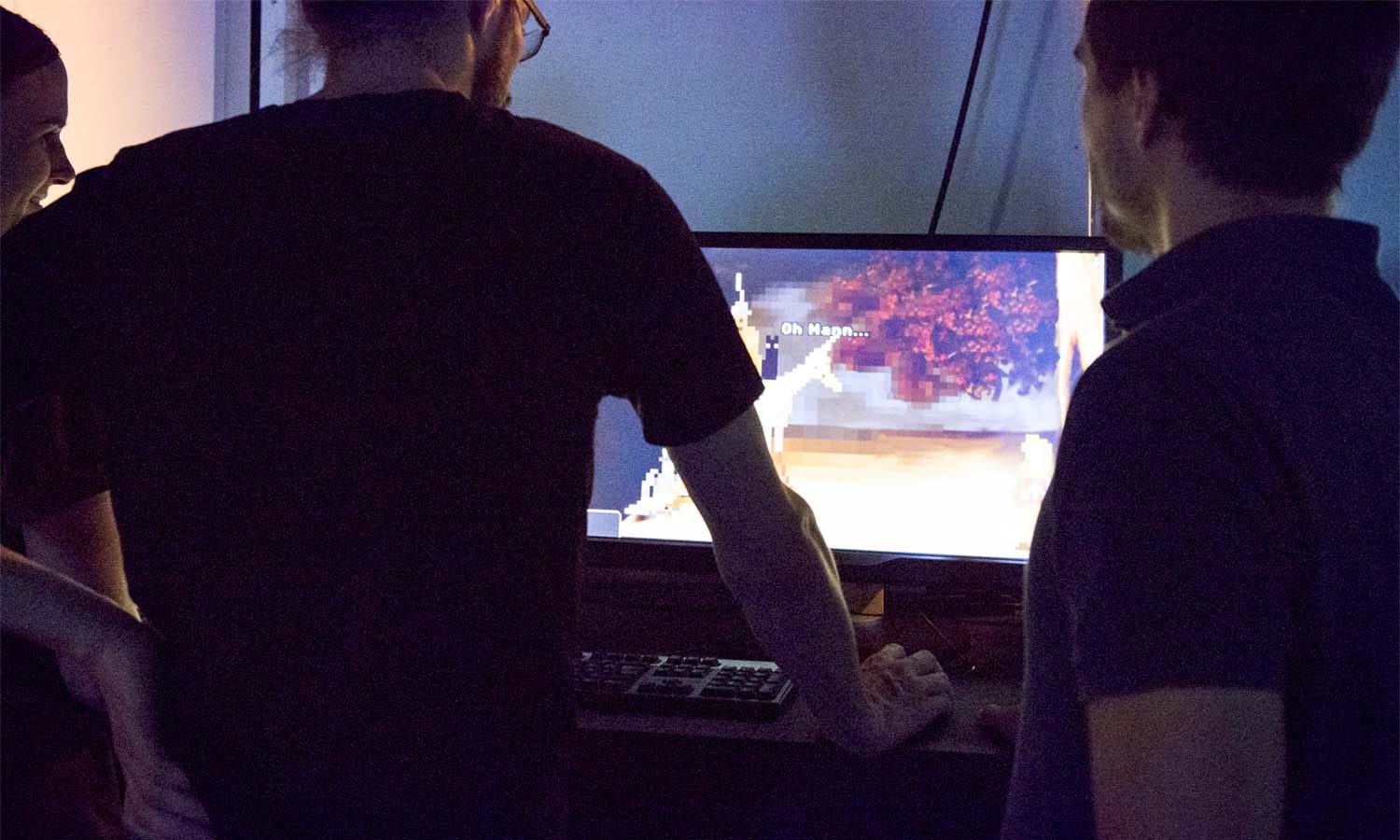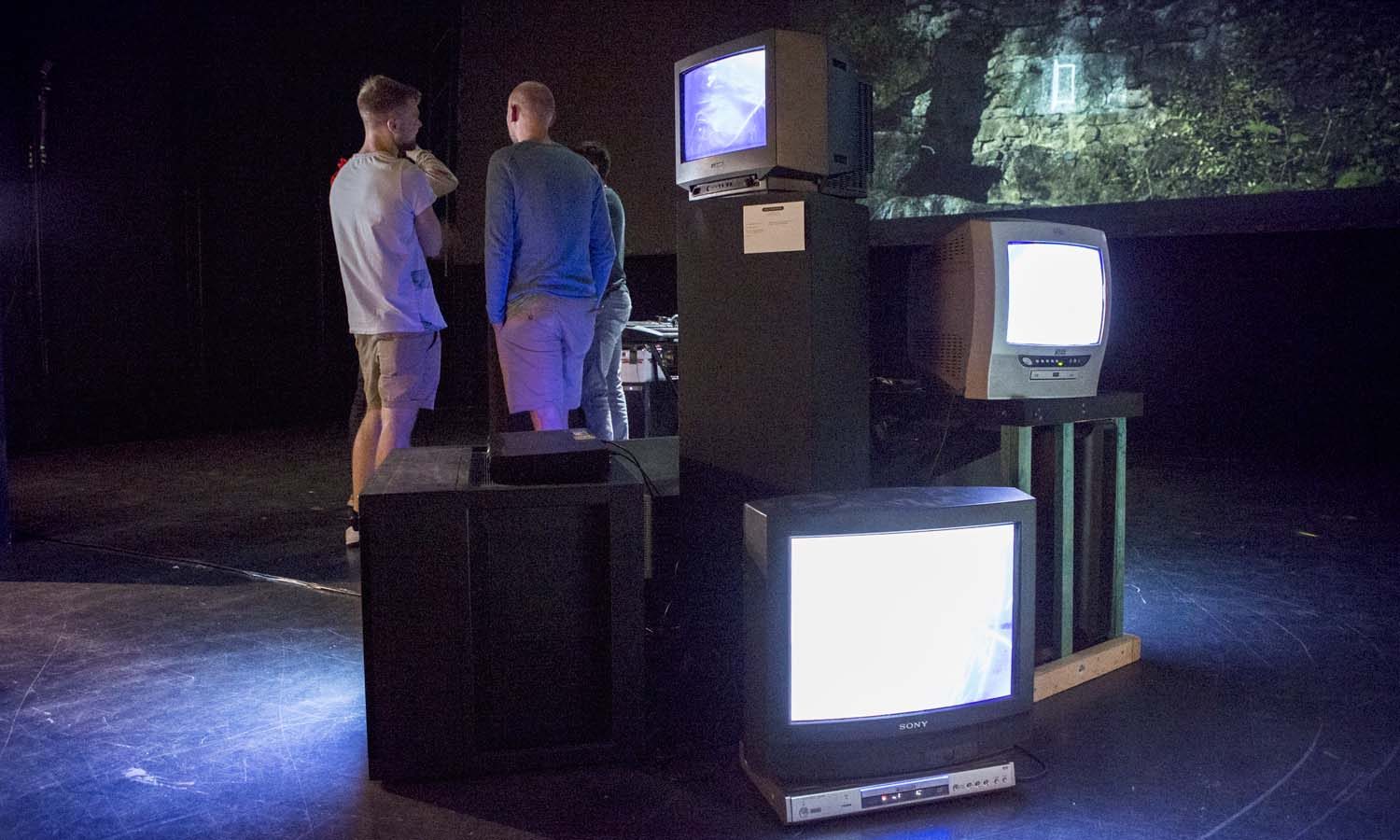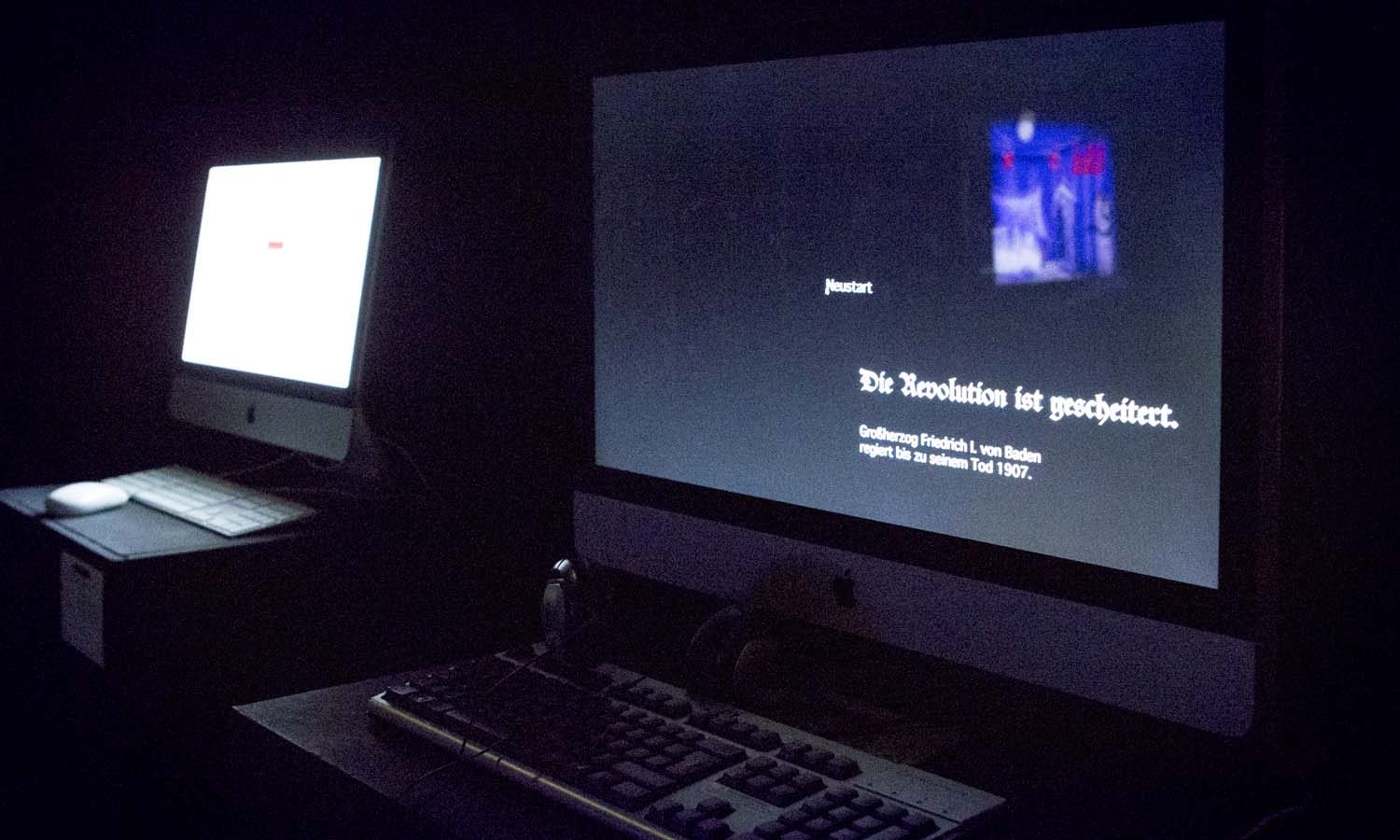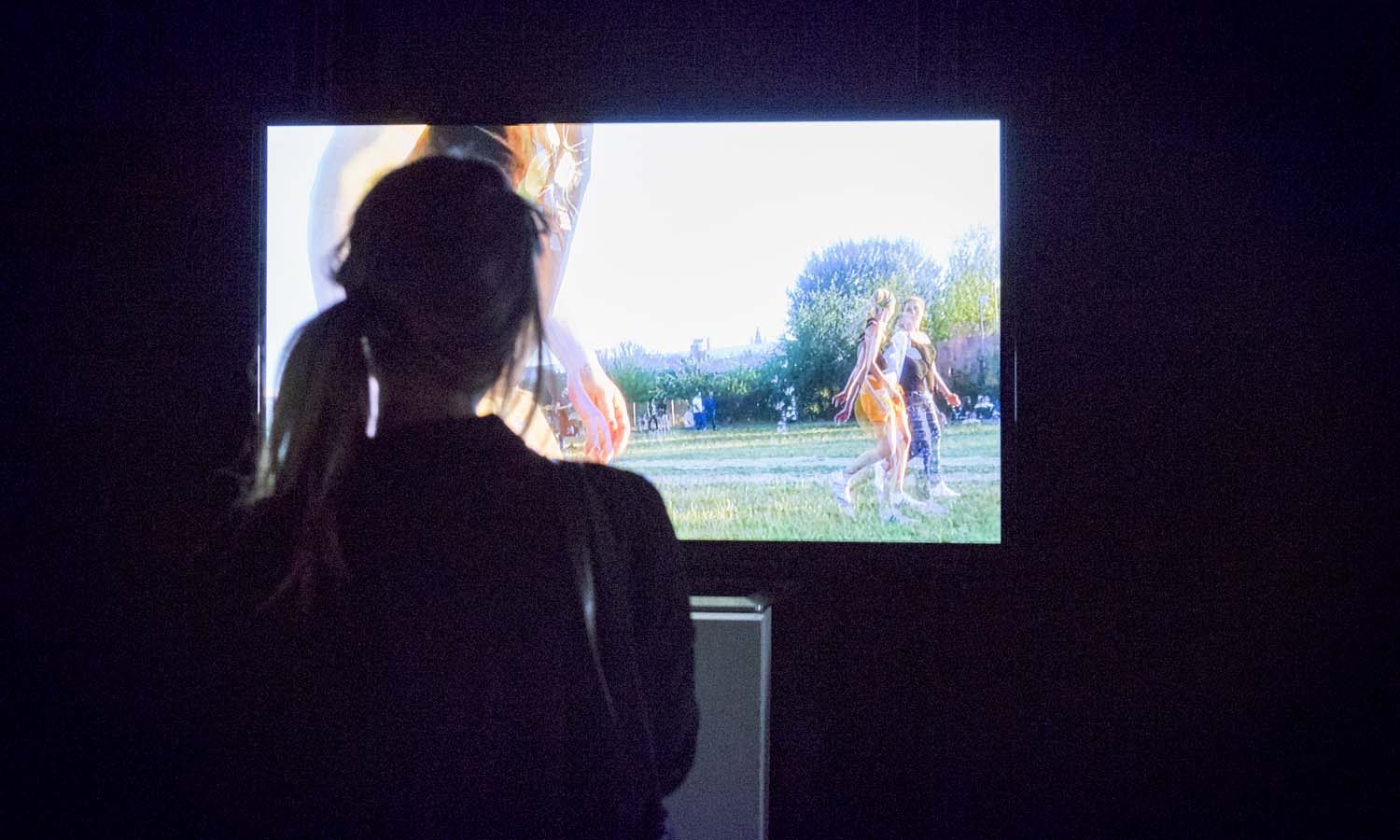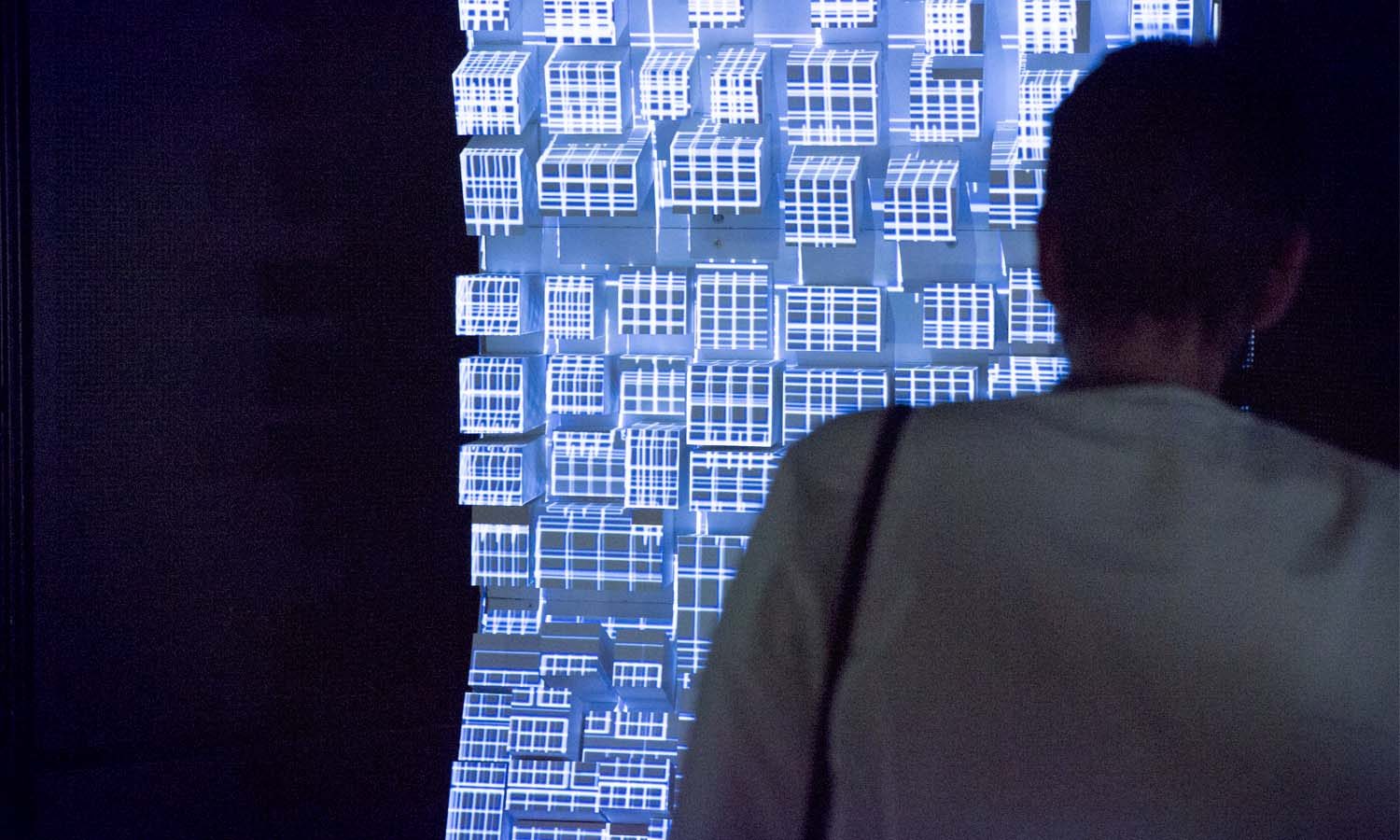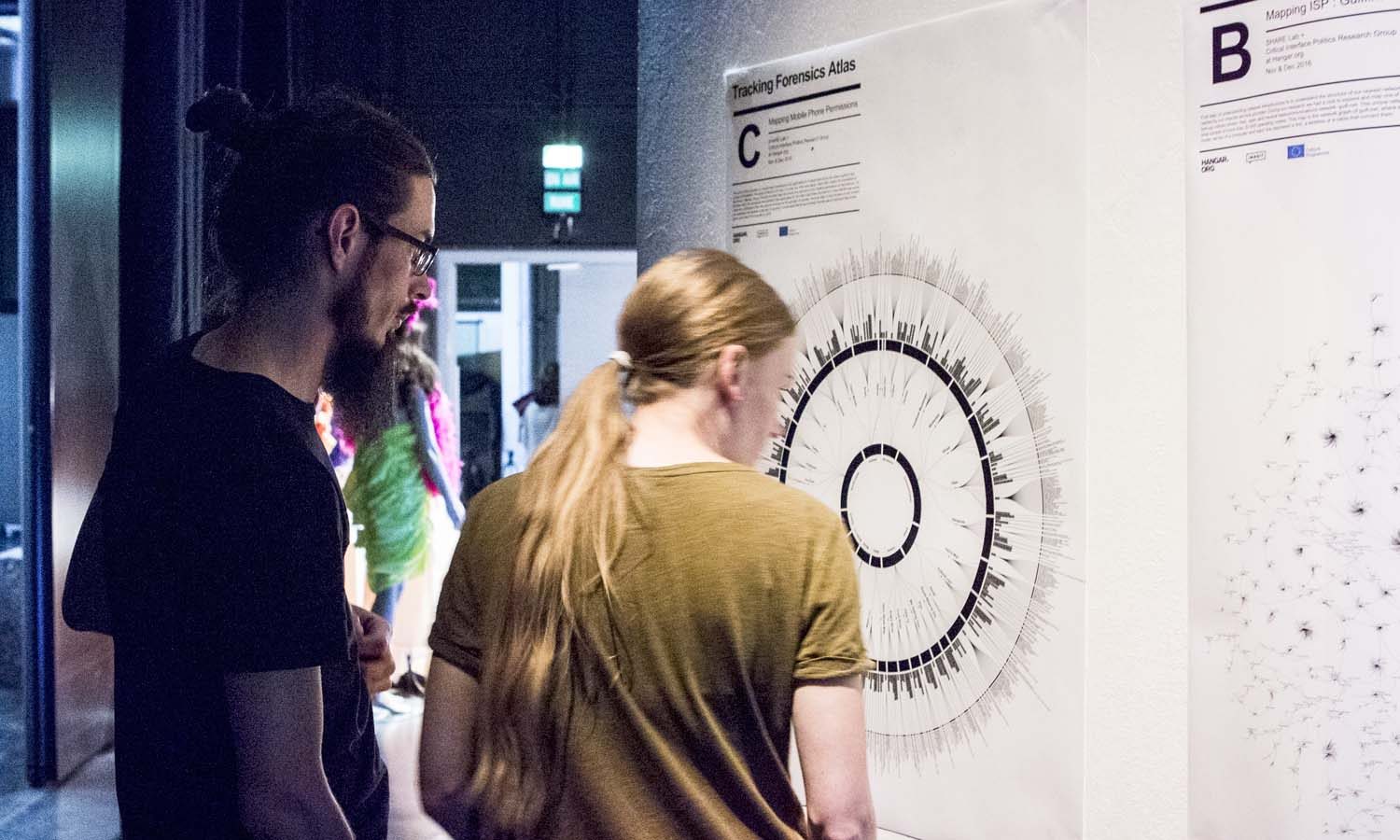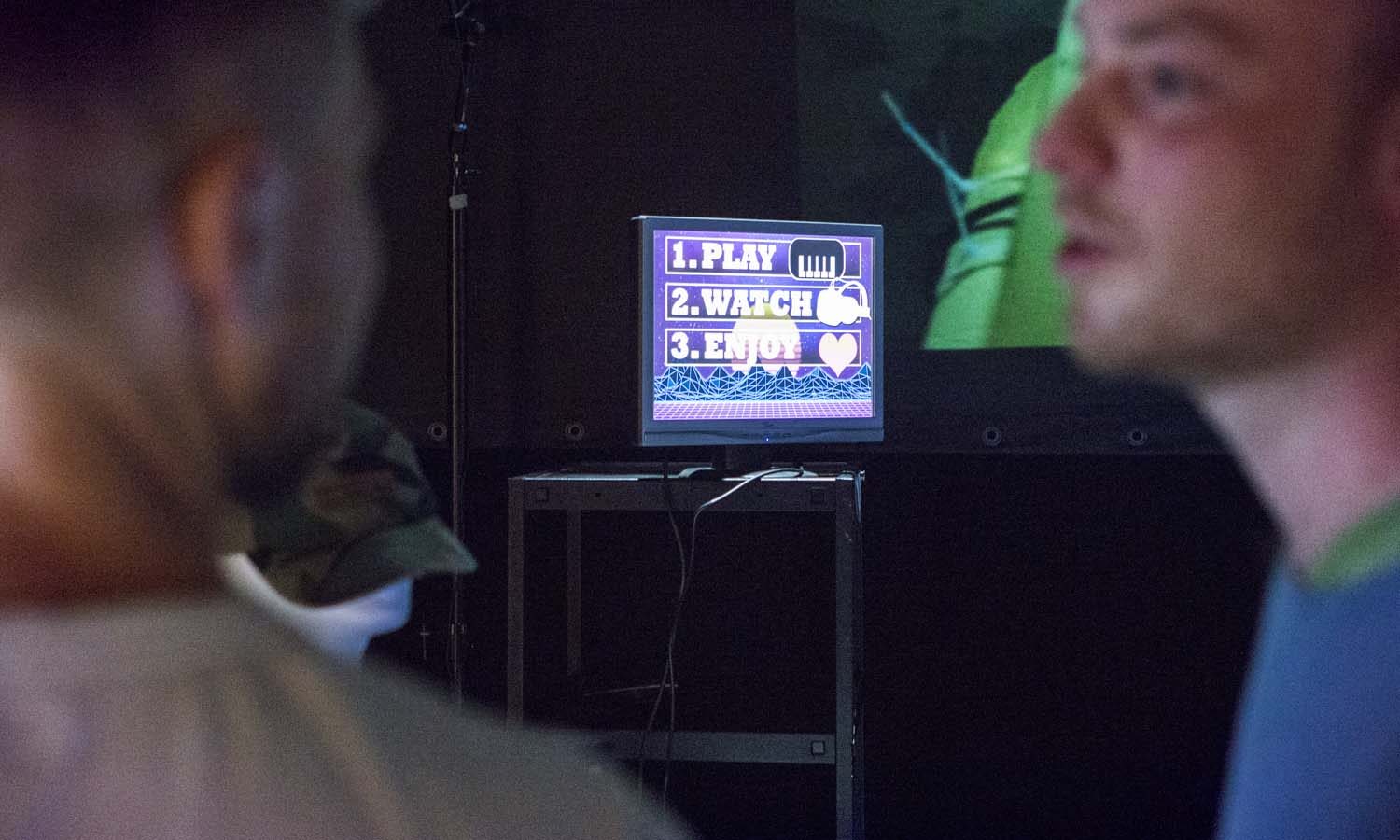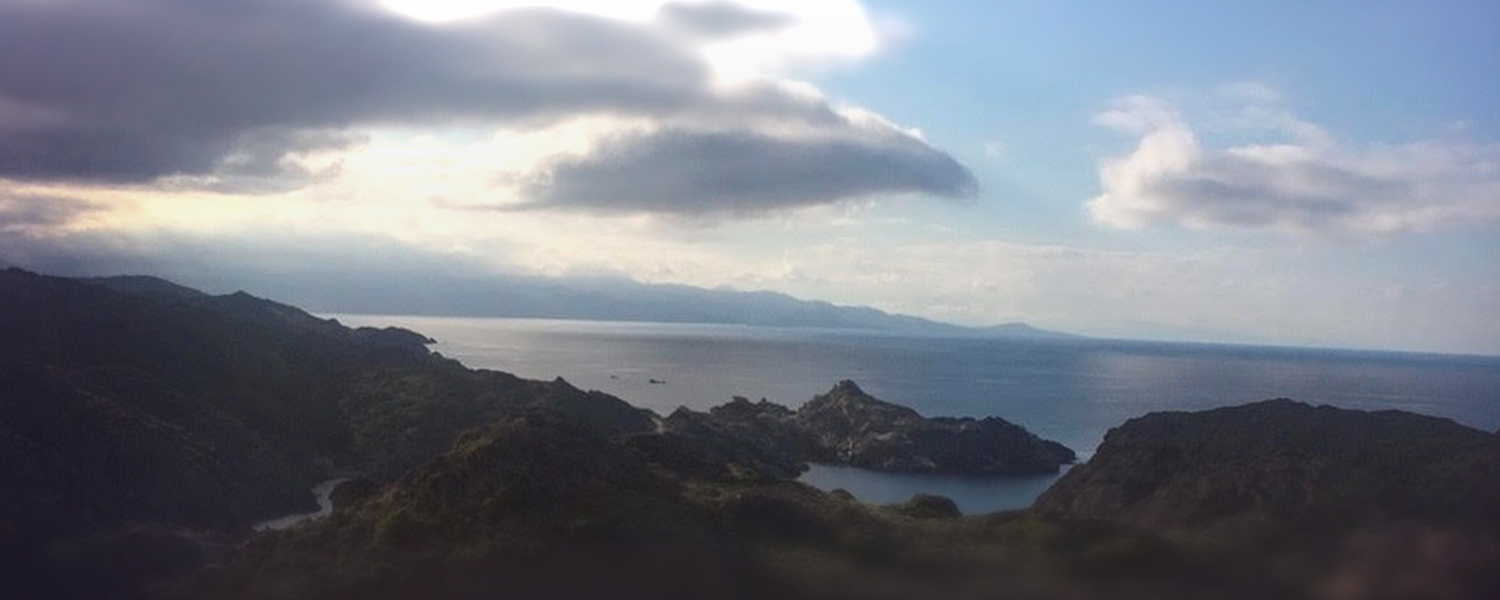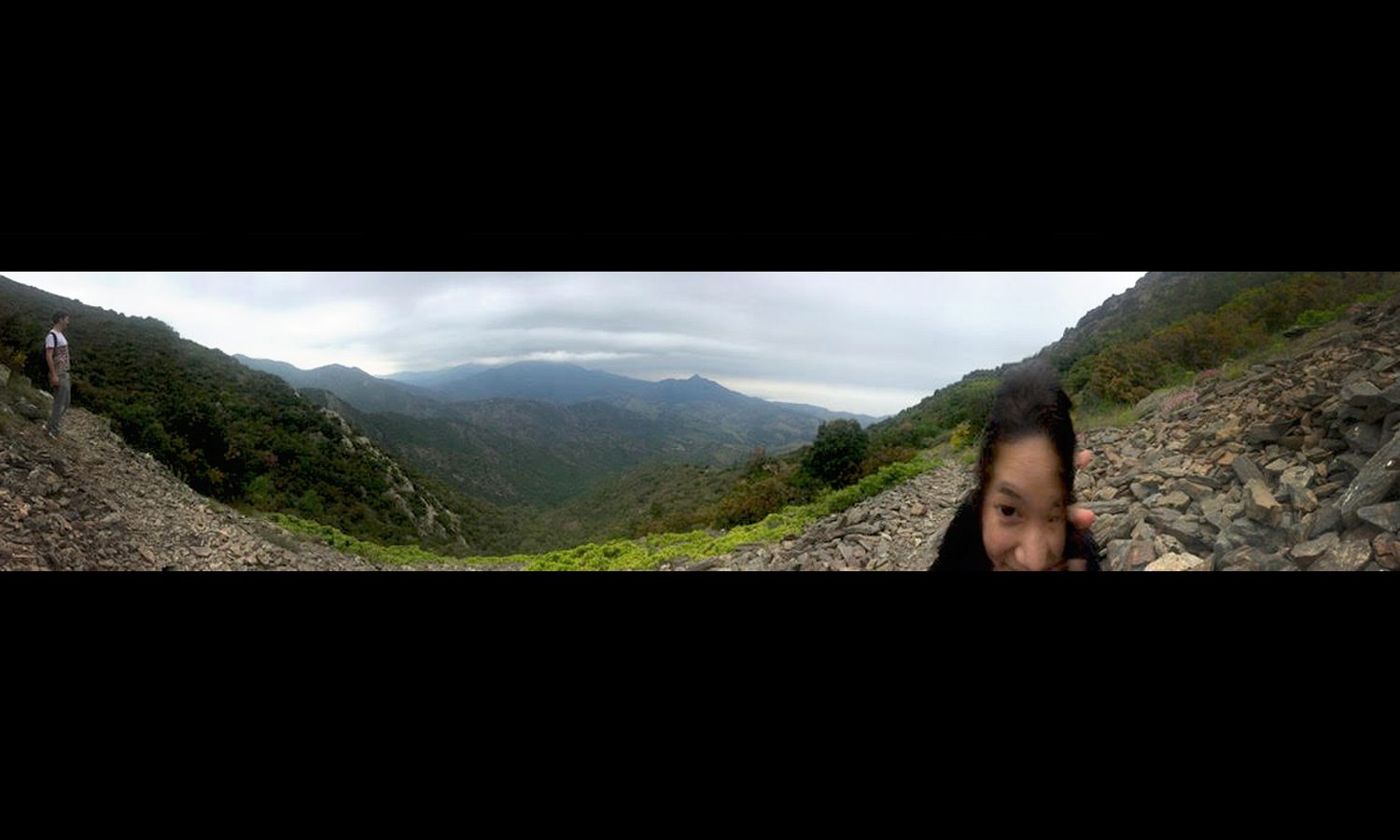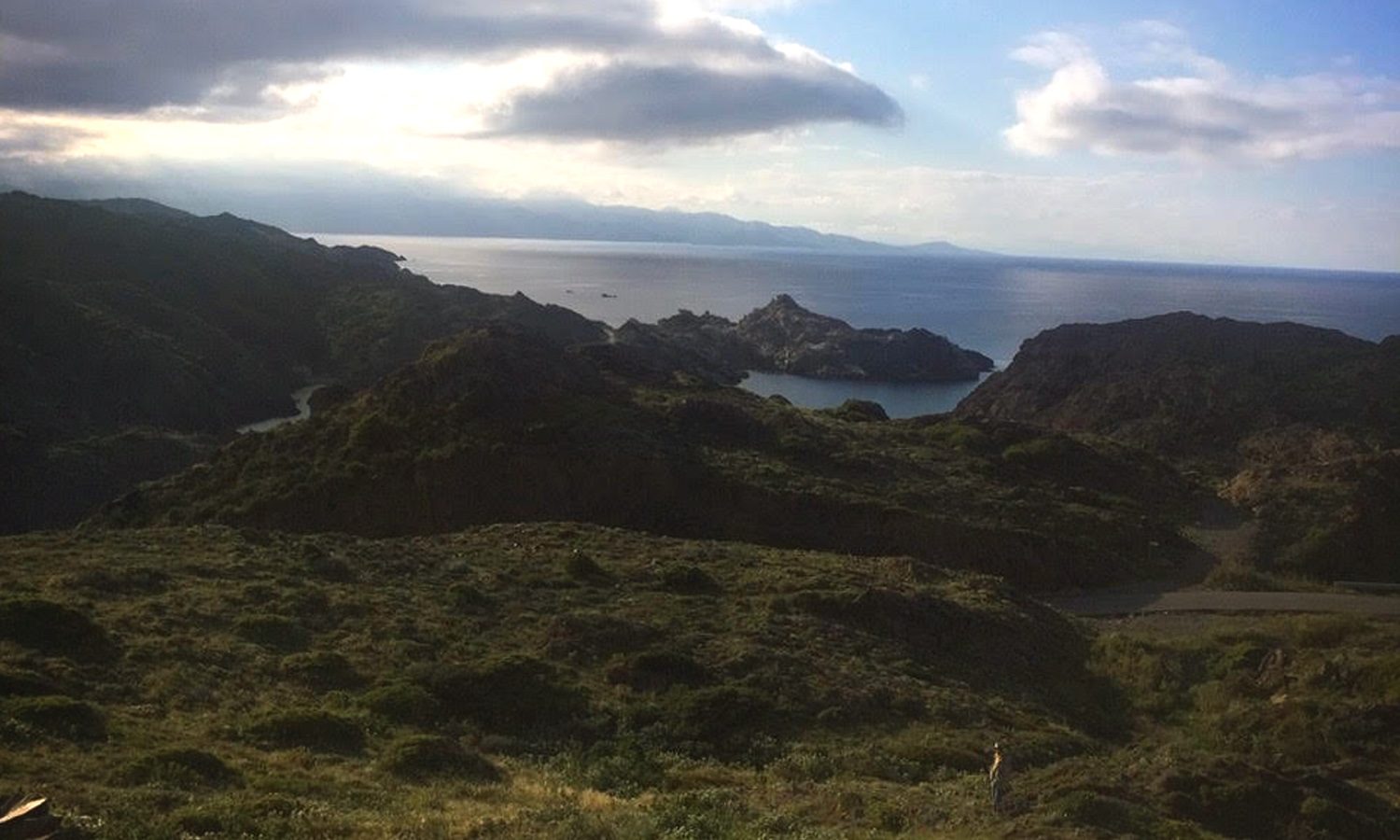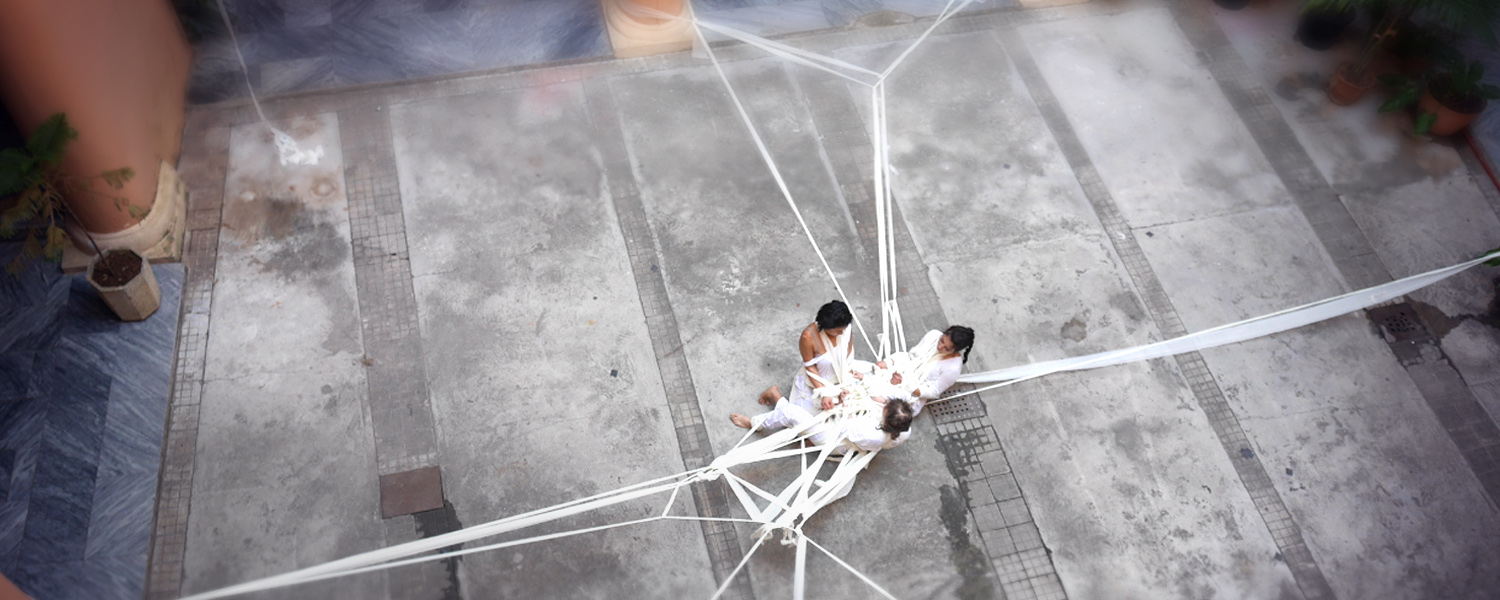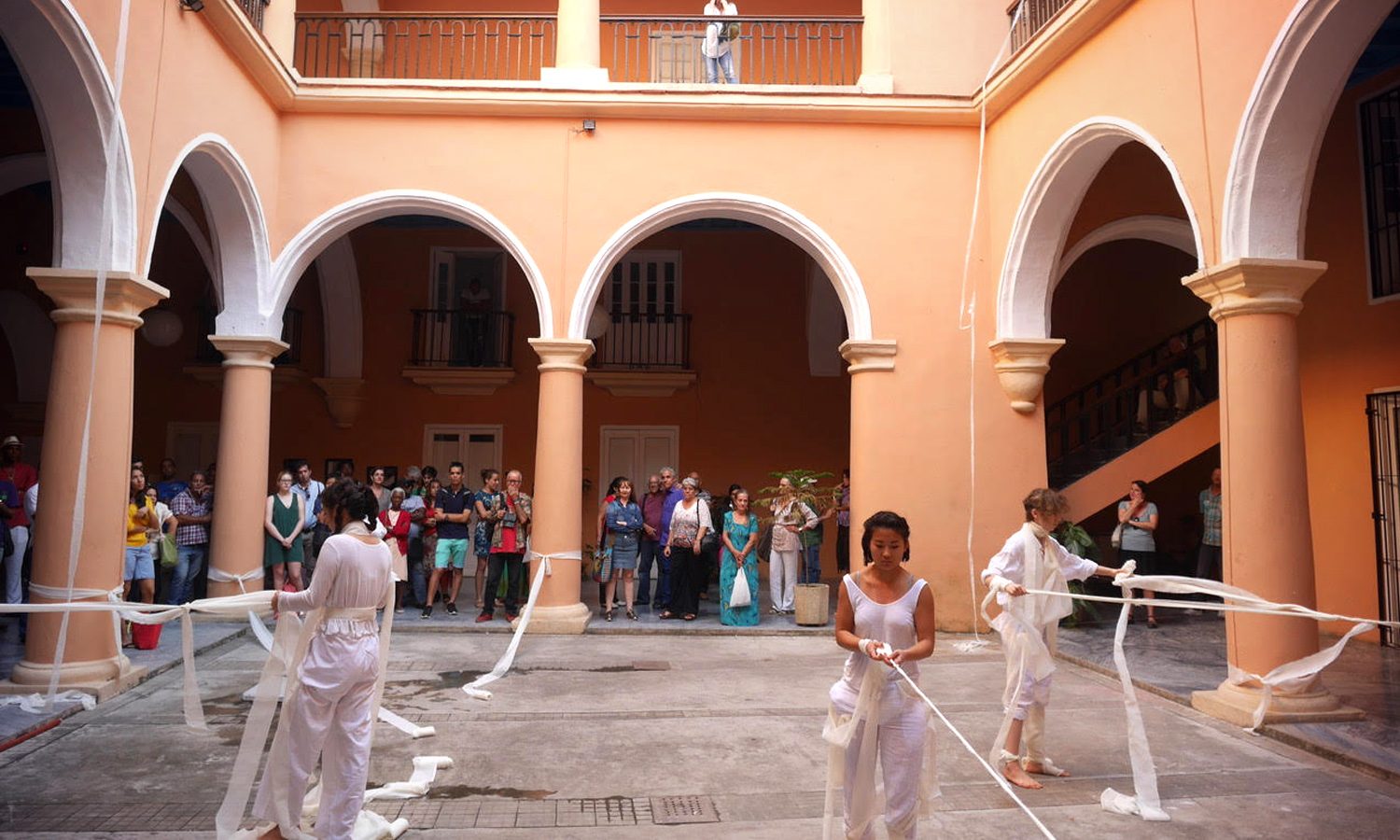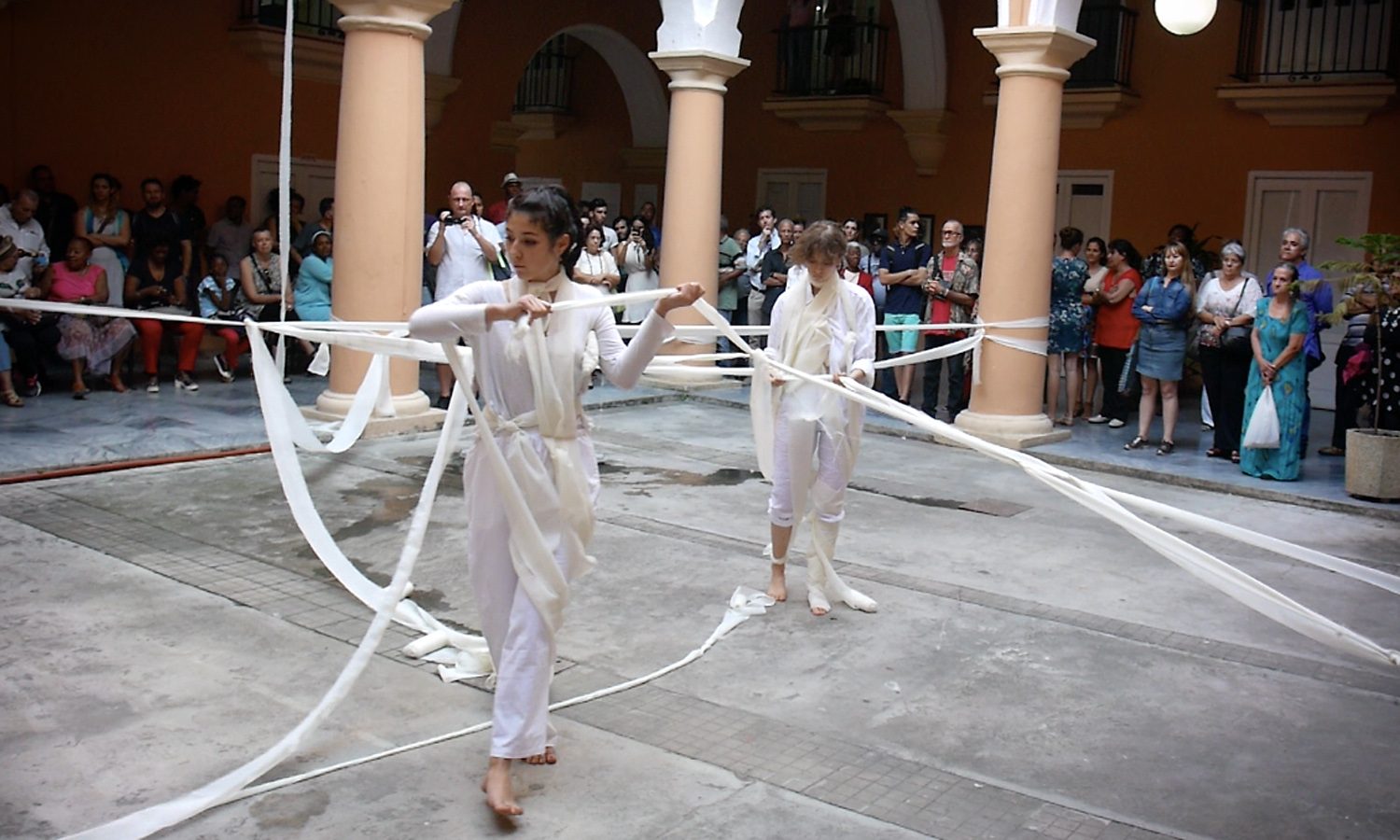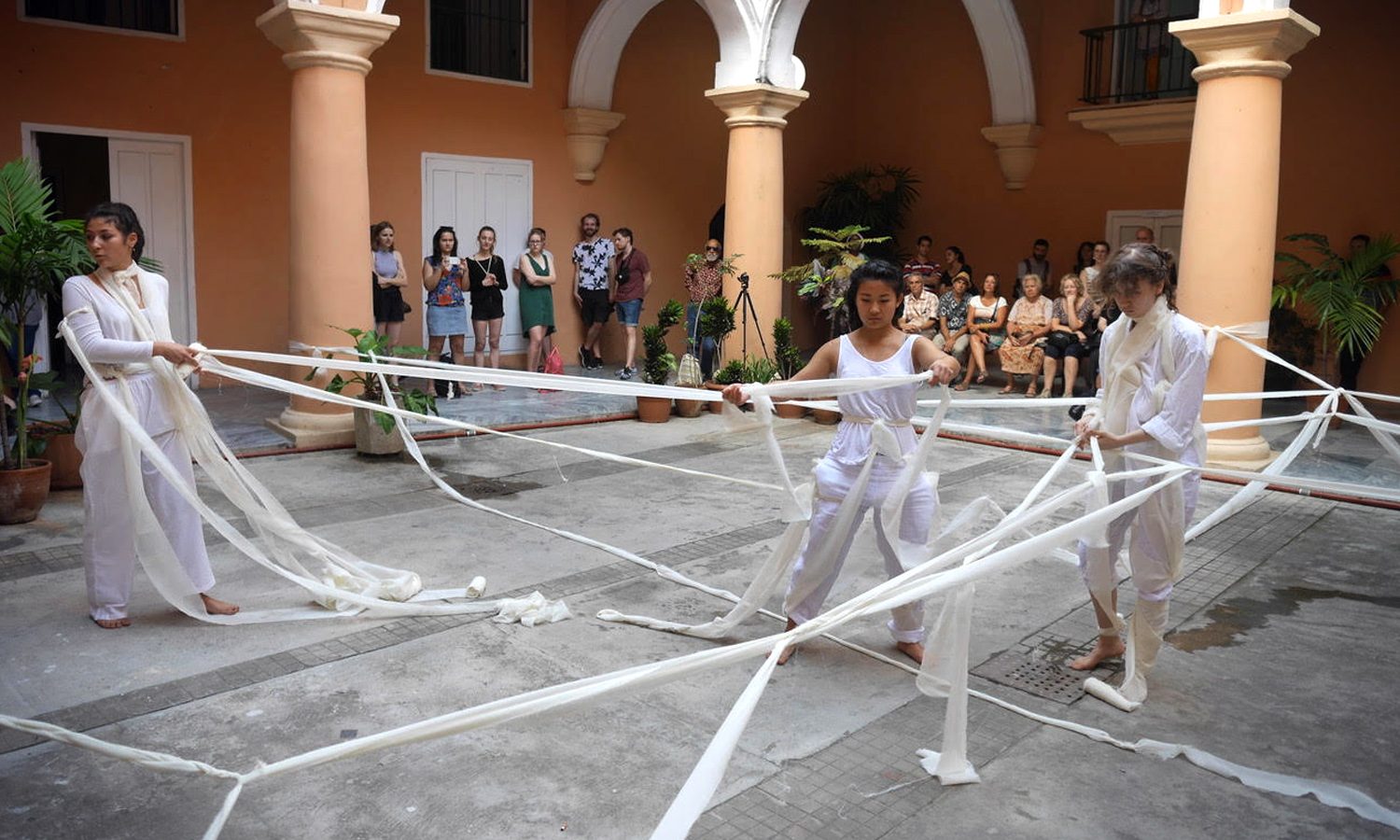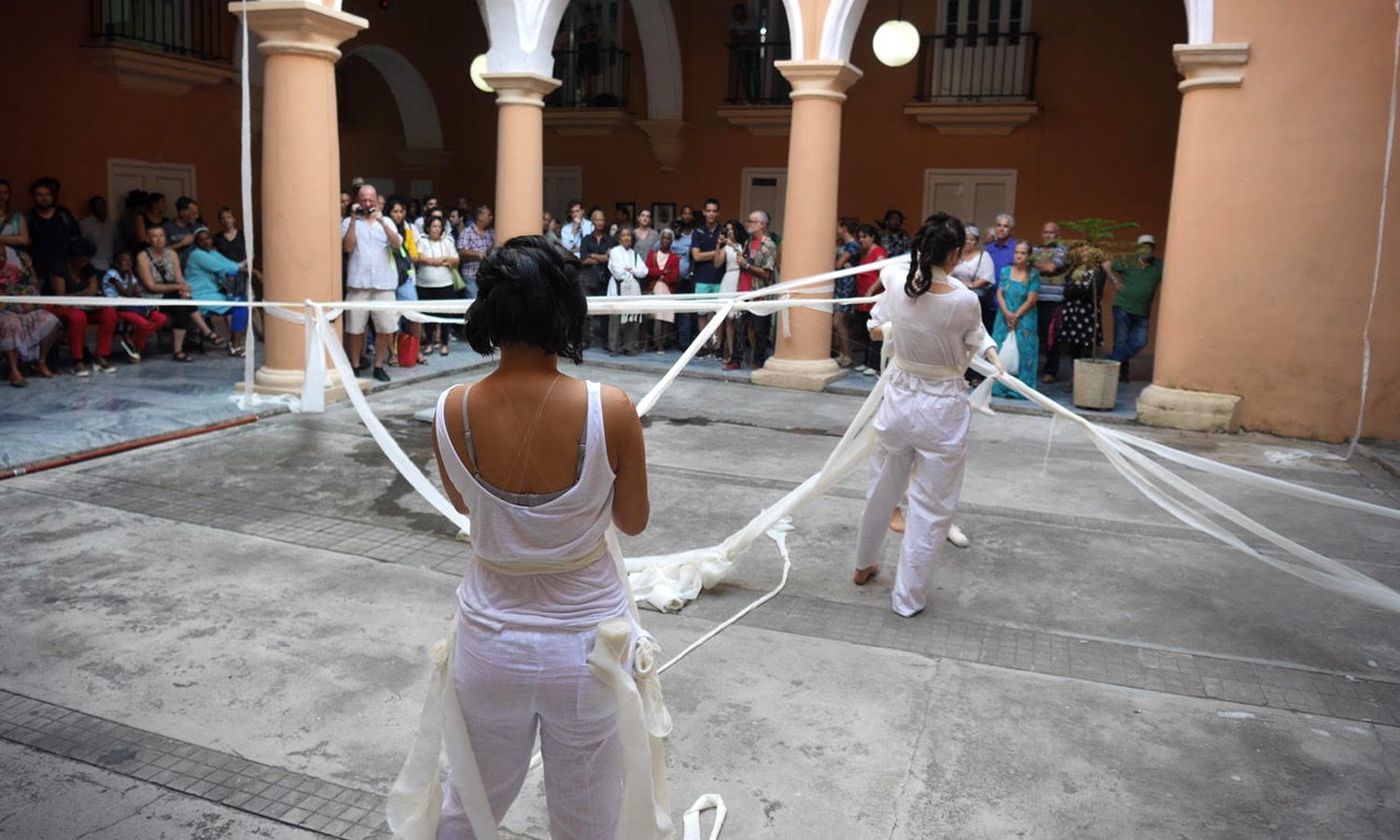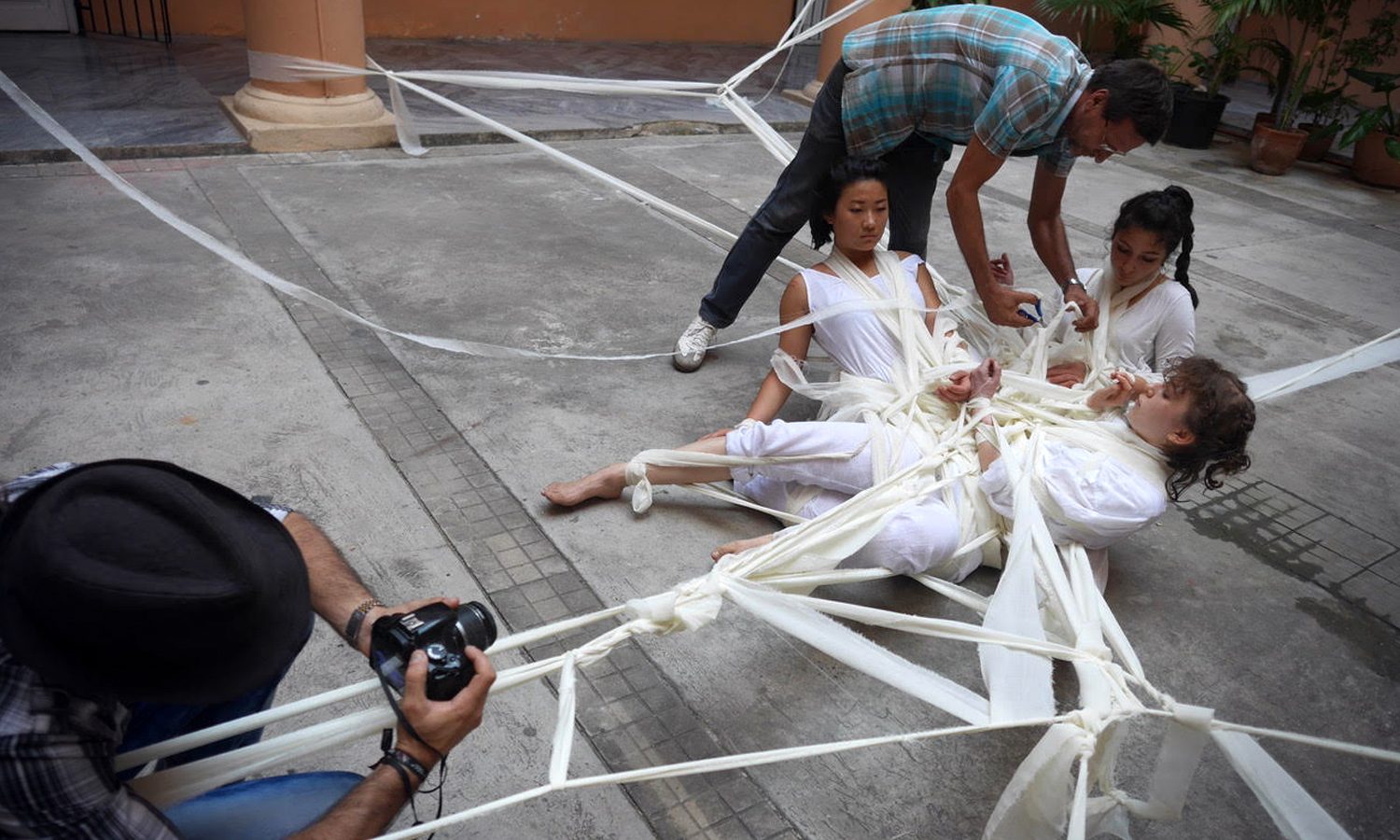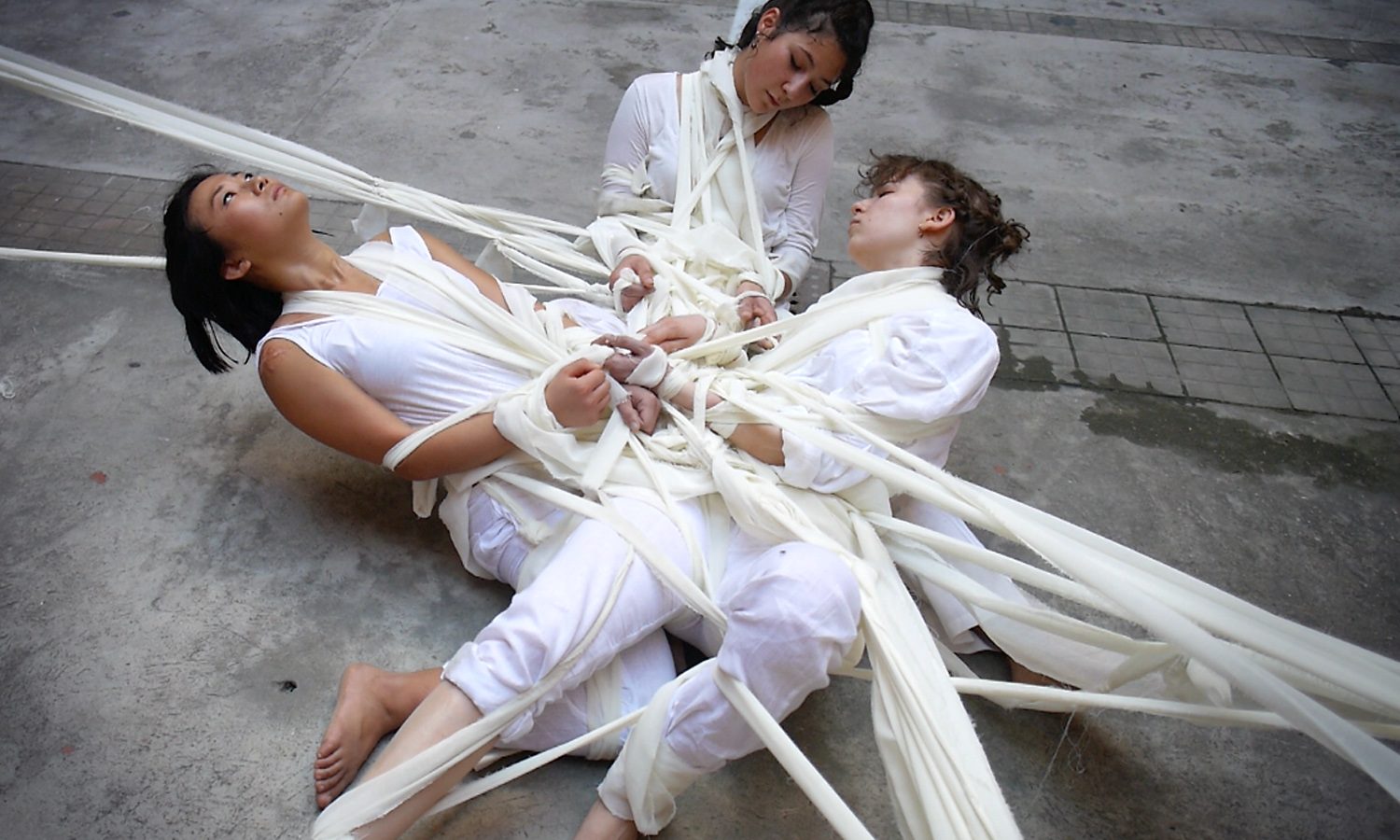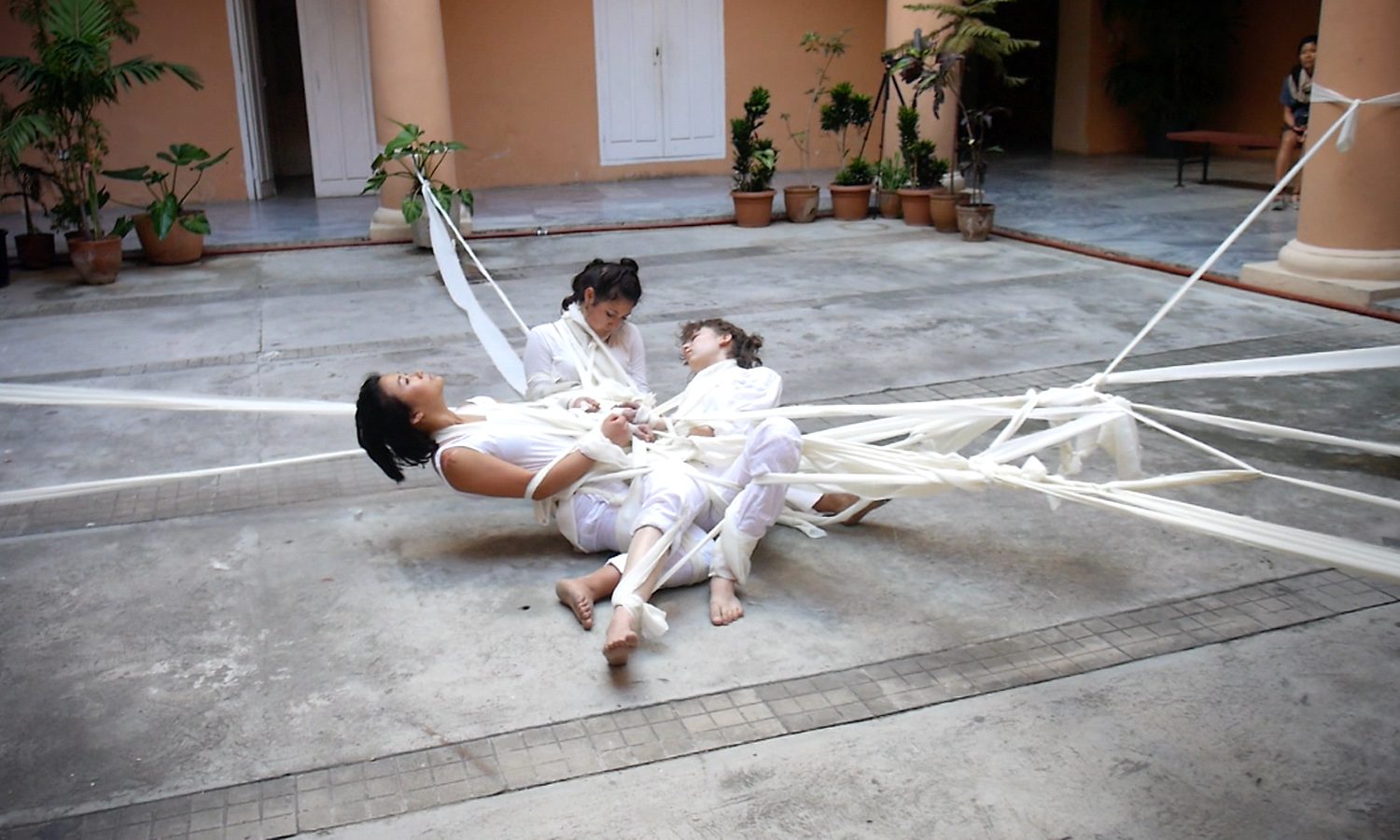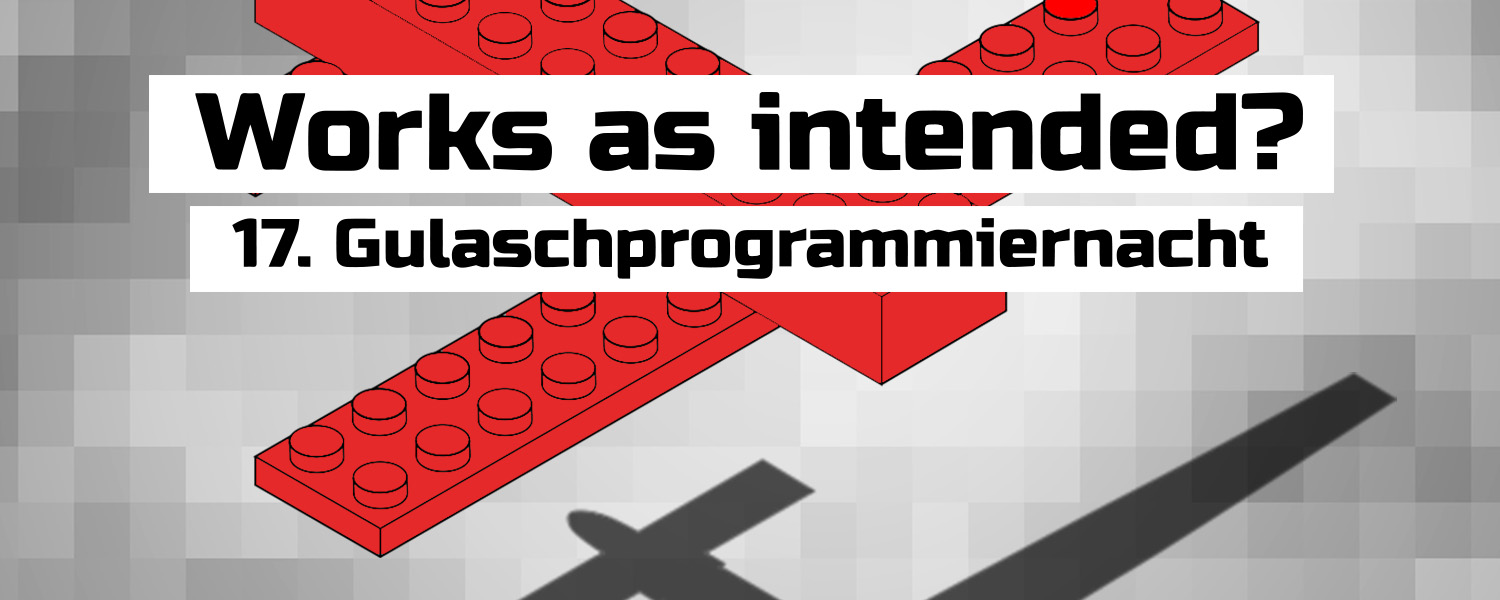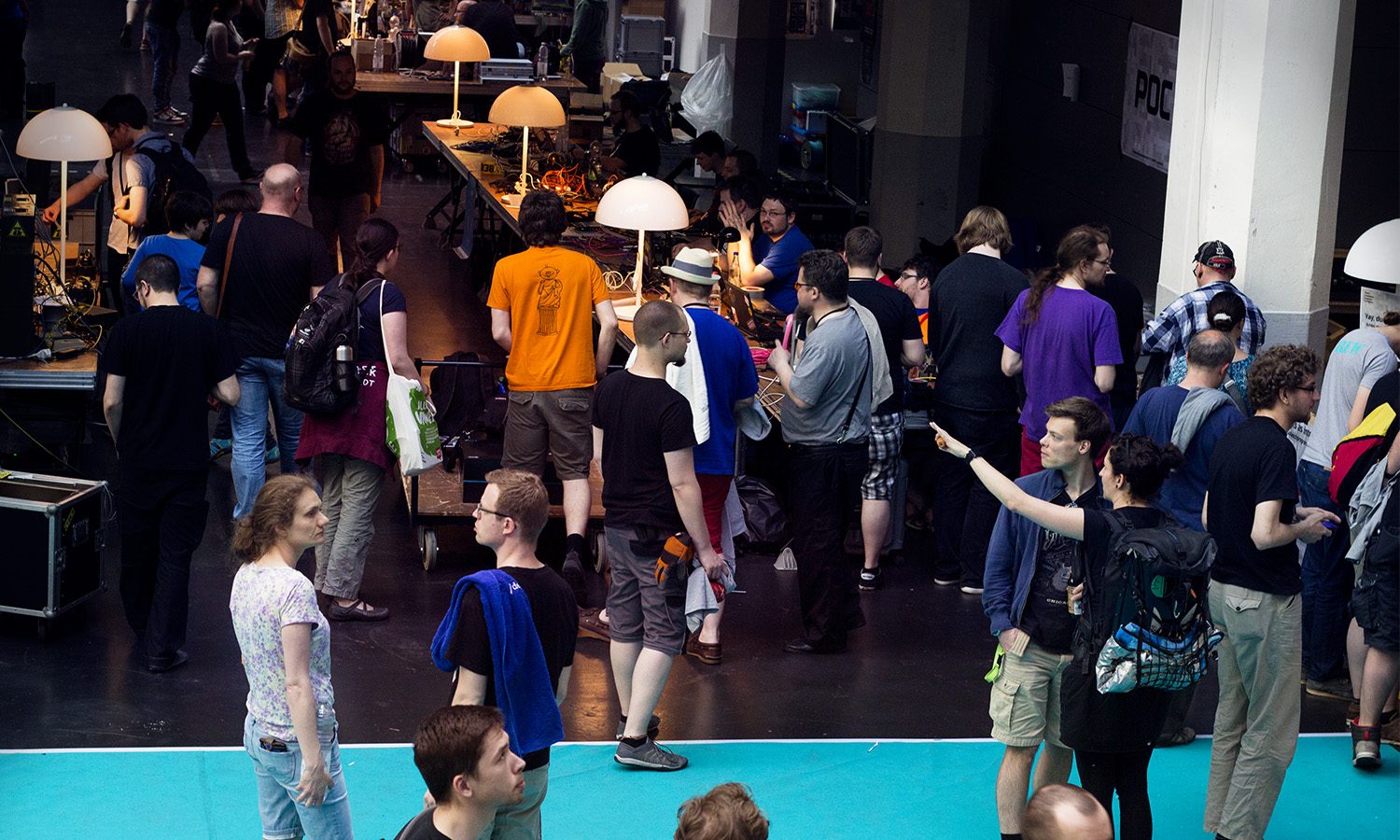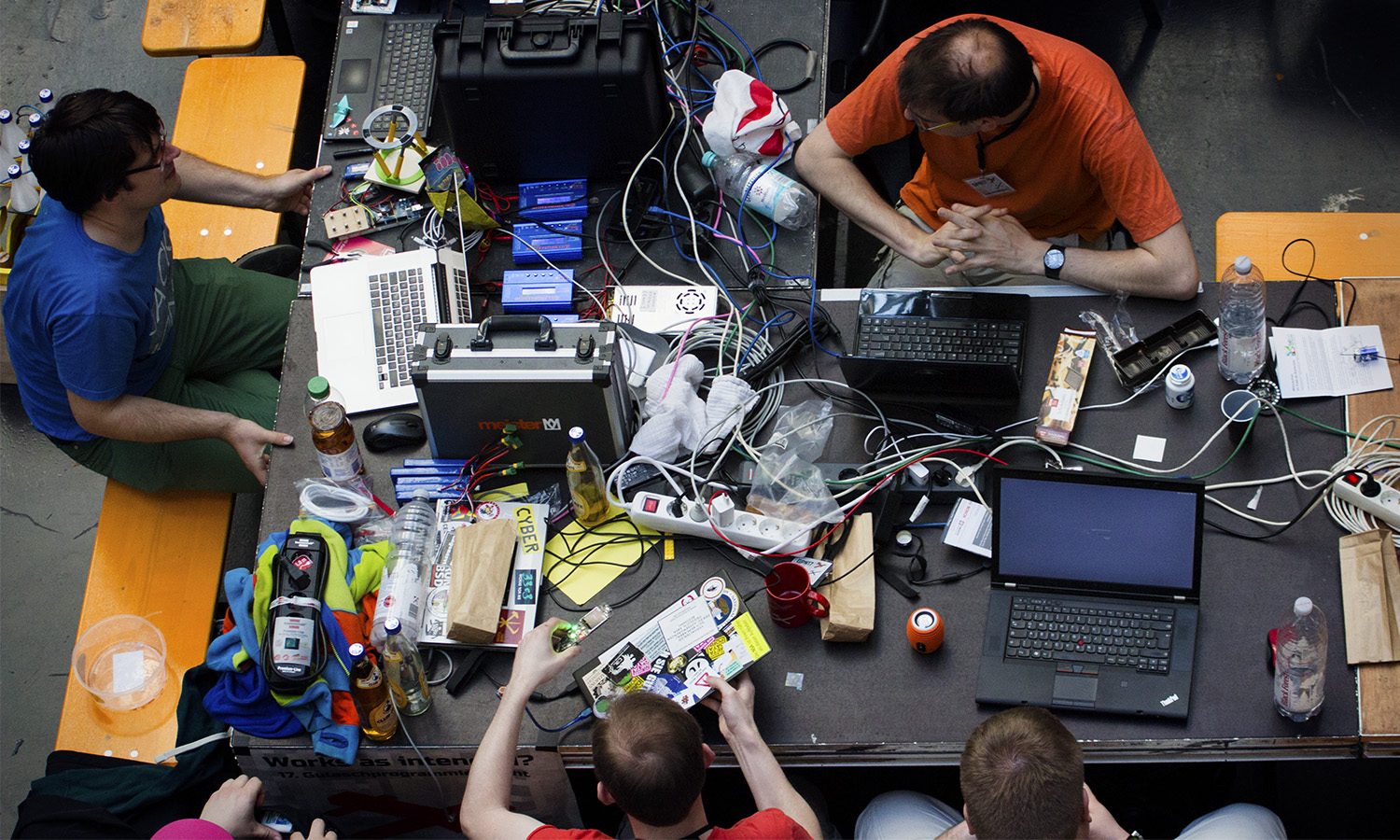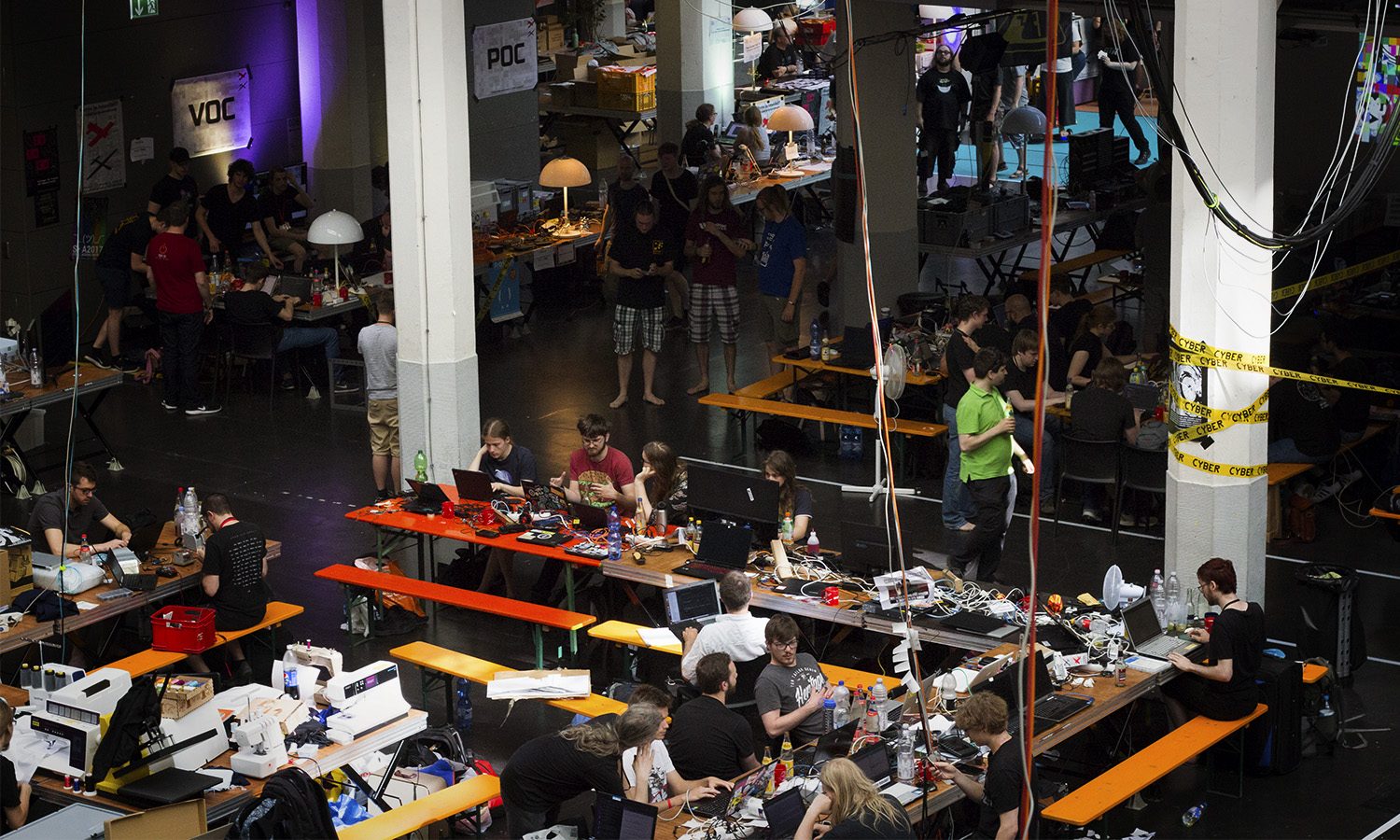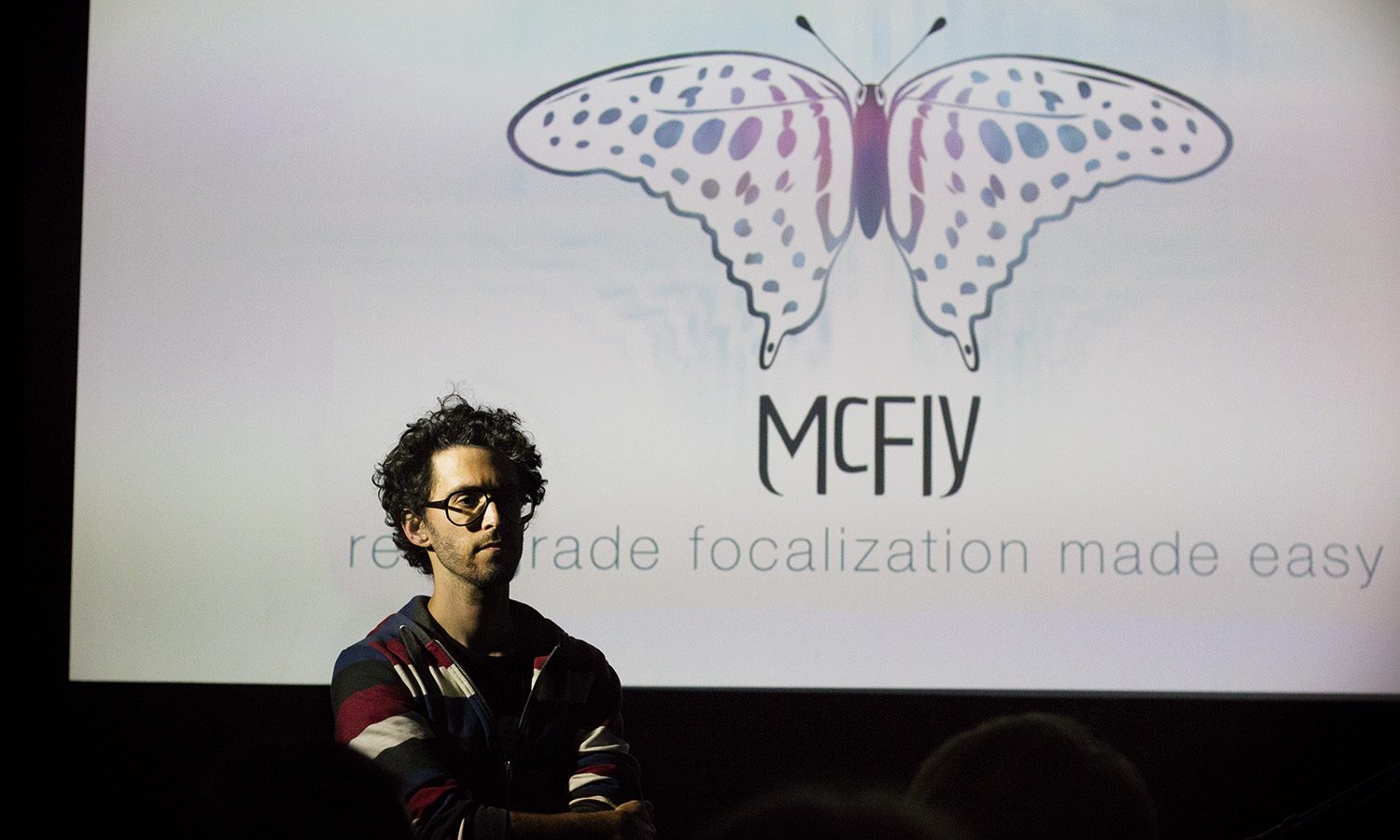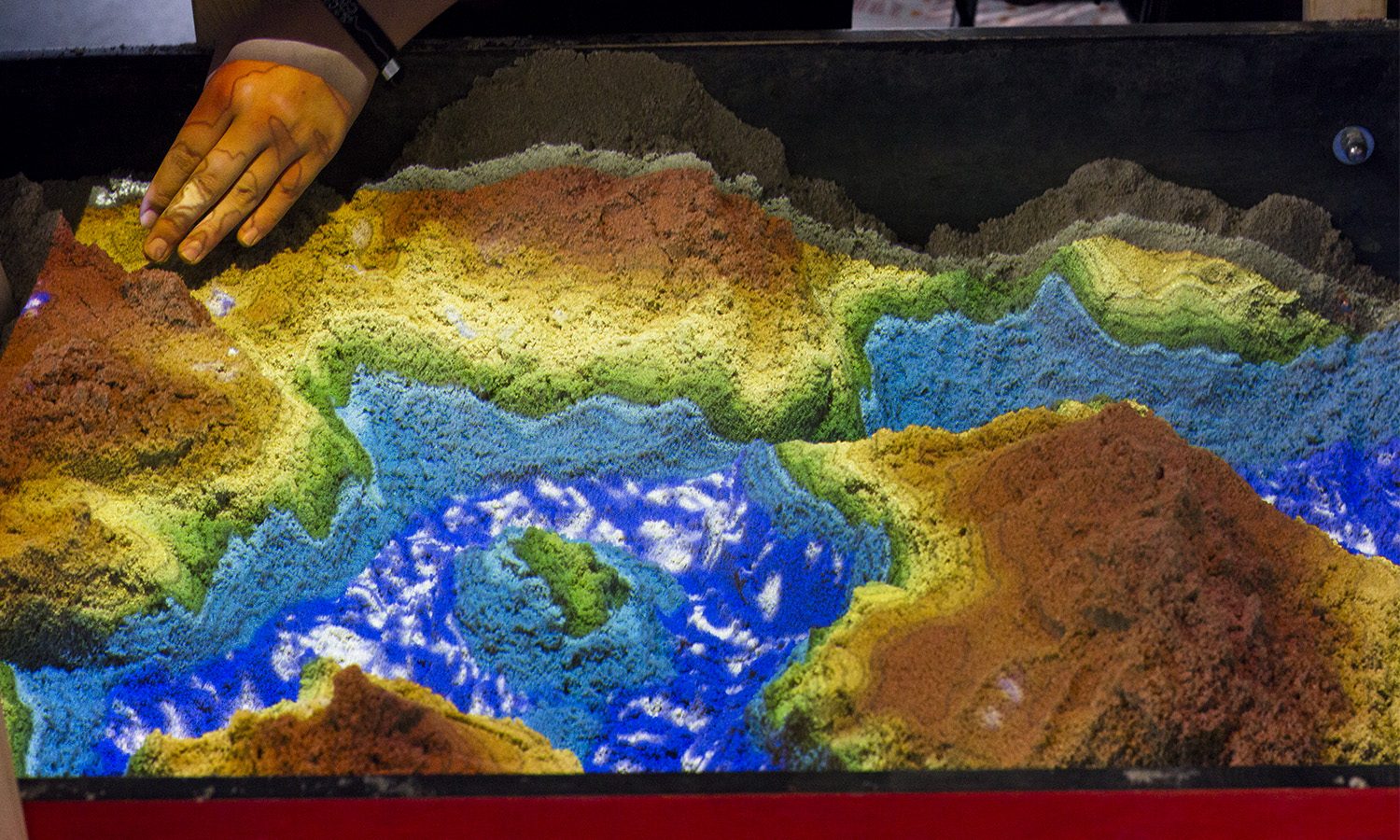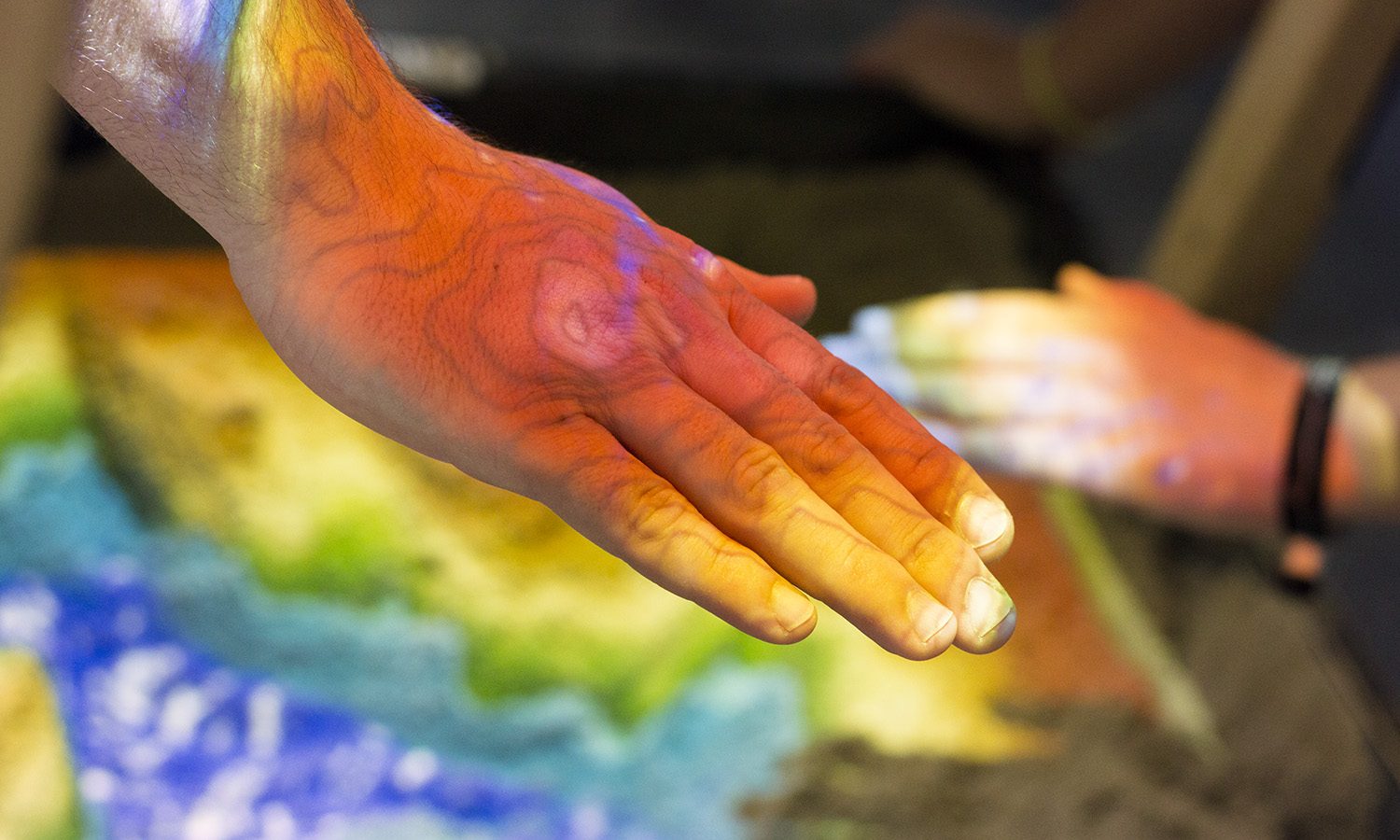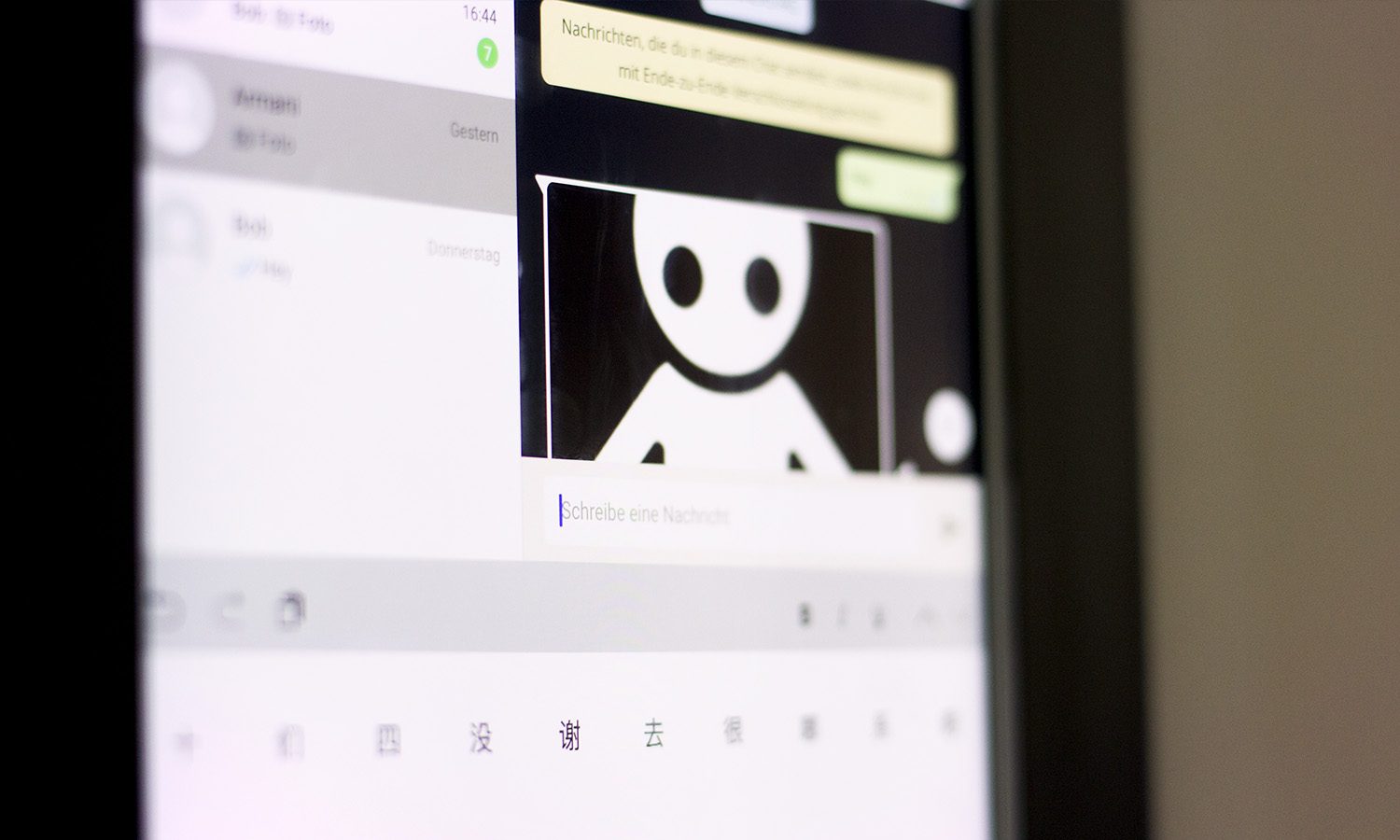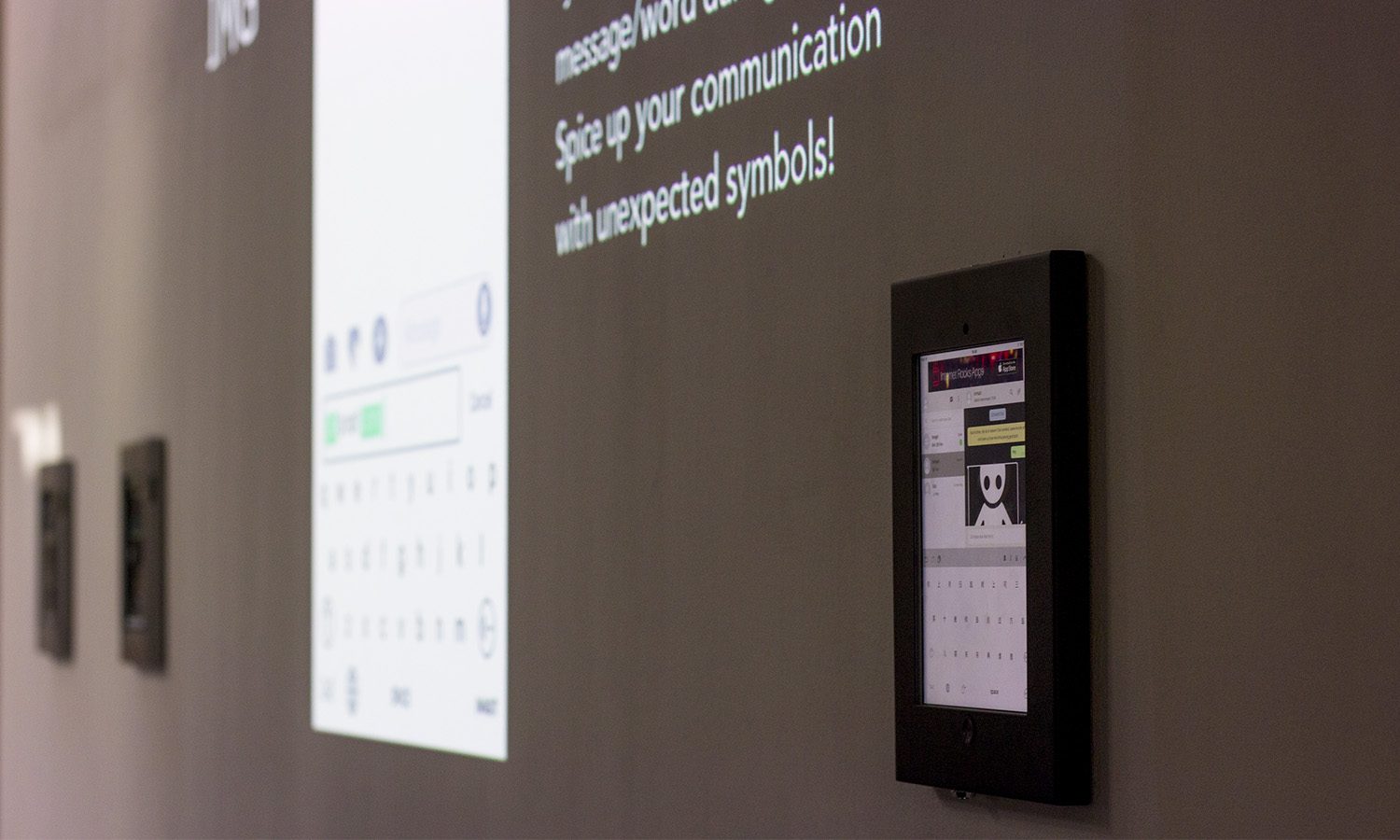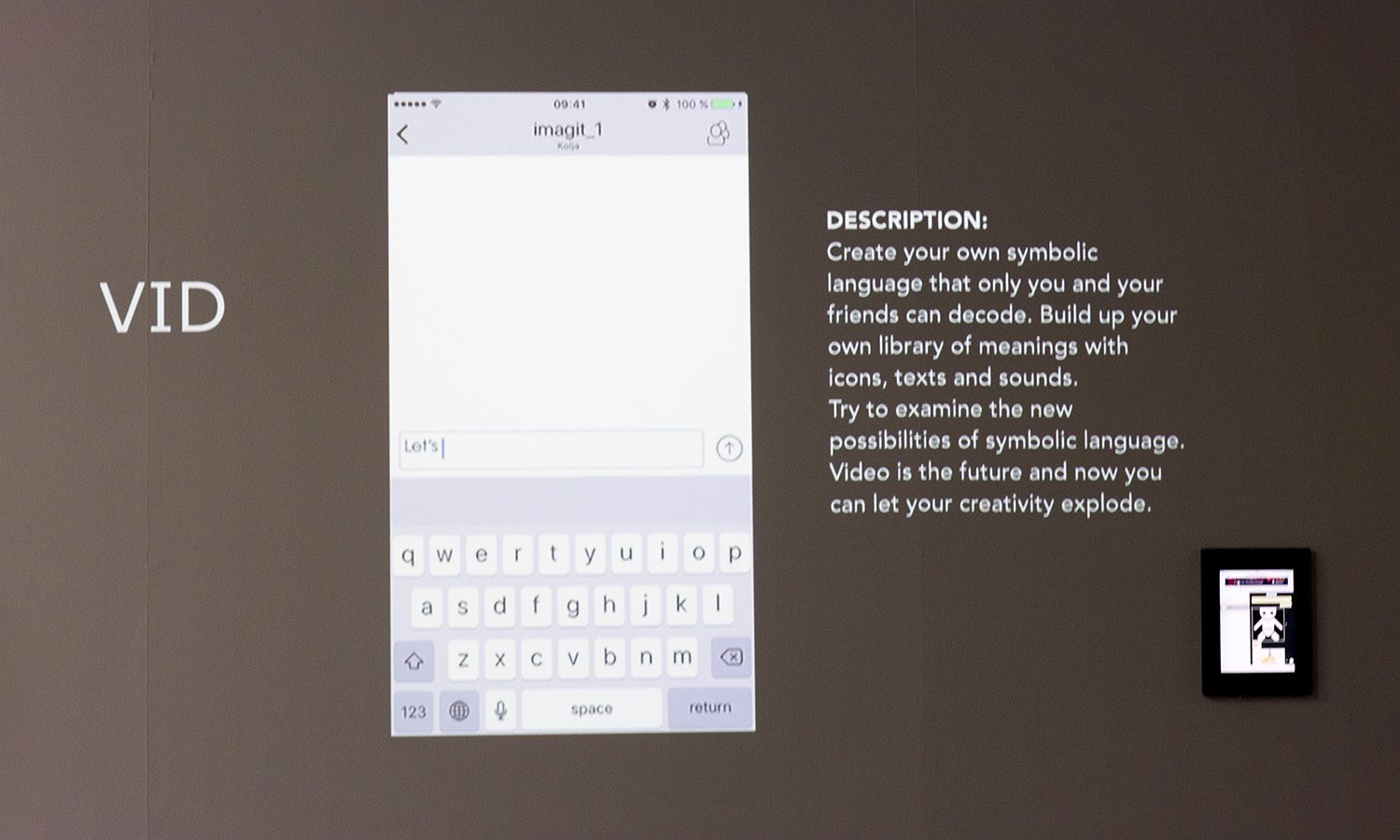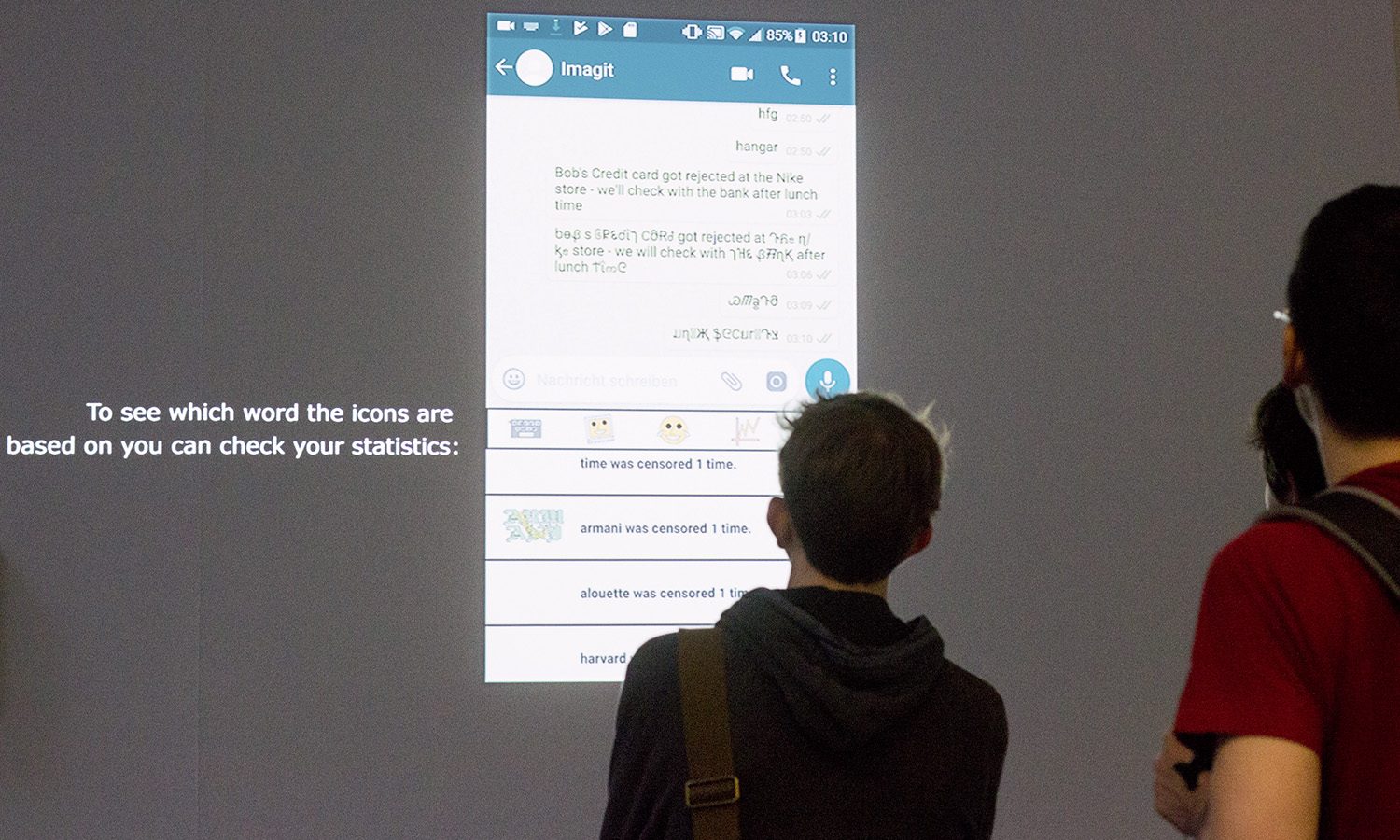– – – English version below – – –
Workshop & Konzert mit Christophe Charles
Von Freitag, den 26.01.2018 – Samstag, den 27.01.2018 (ganztägig)
Das Seminar ist offen für alle Fachbereiche!!
Ablauf:
Einführung Donnerstag, den 25.01. um 18:00 Uhr ‘Vorgehört’ in Raum 311
Beginn am Freitag, den 26.01. um 10:00 Uhr in Raum 311 (3. OG)
Konzert Samstag, den 27.01. voraussichtlich um 20:00 Uhr im Lichthof
Es wird der mit einer großen Leere gefüllte Raum in mitten der Lichthöfe der HfG vom Boden bis hin zum Dach mit Sound erforscht.
Experimentiert wird mit Lautsprechern, Klangobjekten, Musikinstumenten, der Stimme etc., um den Raum mit Sound zu enthüllen.
Vorgehört und Vorgelesen:
Donnerstag, den 25.12. von 18:00 bis 20:00 Uhr
Christophe Charles stellt einen Teil seiner Arbeit vor und spricht über seine kompositorische Herangehensweise an Sound und Musik.
Im Zentrum des Seminars stehen Projekte, Kompositionen und Aufführungen aus dem Bereich der auditiven Kunst .
Die Gastdozenten Götz Dipper und Sebastian Schottke stellen als Mitarbeiter des ZKM | Institut für Musik und Akustik eine Auswahl an Produktionen vor.
Die Stücke werden gemeinsam angehört und analysiert.
Nach Absprache mit den Dozenten können Teilnehmer bewertbare Seminararbeiten bzw. Seminarvorträge übernehmen.
Mehr zu seiner Person:
Christophe Charles ist 1964 in Marseille geboren, arbeitet mit Klängen und erstellt mit Computerprogrammen Kompositionen bei welchen er auf die Autonomie eines jeden Klanges und ihrer nicht vorhandenen hierarchischen Struktur beharrt.
Er promovierte an der Tsukuba University (Phd., 1996) und Paris INALCO (Phd., 1997).
Derzeitig Professor (kyouju) an der Musashino Art University (Tokyo).
Er veröffentlichte Musik über die Deutsche Marke Mille Plateaux / Ritornell (“undirected” Serie) und auf verschiedenen Sammelwerken (Mille Plateaux, Ritornell, Subrosa, Code, Cirque, Cross, X-tract, CCI, ICC, Ge-stell, etc.).
Mehr Informationen finden Sie hier: http://home.att.ne.jp/grape/charles/bio.html
_ _ _ _ _ _ _ _
Workshop & Concert with Christophe Charles
From Freitag, the 26.01.2018 – Samstag, the 27.01.2018 (full-day)
This seminar is free to join for every department!!
Schedule:
Introduction on Thursday, the 25.01. at 6 pm ‘Vorgehört’ in room 311
Start on Friday, the 26.01. at 10 am in room 311 (3. OG)
Concert on Saturday, the 27.01. probably at 8 pm in the ‘Lichthof’
You will explore the space of the big void in the middle of the school from floor to ceiling-roof, through sound.
Also you will experiment with loudspeakers, sound objects, music instruments, voice, etc. to reveal the space through sound.
‘Vorgehört’ and ‘Read-out’:
Thursday, the 25.01. from 6 pm to 8 pm
Christoph Charles introduces his work and speaks about his compositional approaches to Sound and Music.
In the centre of the seminar are projects, compositions and performances from the area of the auditive art.
The guest lecturers Götz Dipper and Sebastian Schottke as employees of the ZKM | Institute of music and acoustics will present a choice in productions.
The pieces are going to be listened and analysed together.
After an arrangement with the lecturers, participants can take over appraisable seminar works or seminar talks.
More about Christophe Charles:
Christophe Charles (born in Marseille, 1964), works with found sounds, and makes compositions using computer programs, insisting on the autonomy of each sound and the absence of hierarchical structure.
Graduated from Tsukuba University (Phd., 1996) and Paris INALCO (Phd., 1997).
Currently Professor (kyouju) at Musashino Art University (Tokyo).
C.C. has released music on the German label Mille Plateaux / Ritornell (“undirected” series), and on several compilations (Mille Plateaux, Ritornell, Subrosa, Code, Cirque, Cross, X-tract, CCI, ICC, Ge-stell, etc).
For more information click here: http://home.att.ne.jp/grape/charles/bio.html
_ _ _ _ _ _ _ _
